
Credit-Jean Pierre Dalbera CC BY SA 2. 0
Helios -Sun Deity
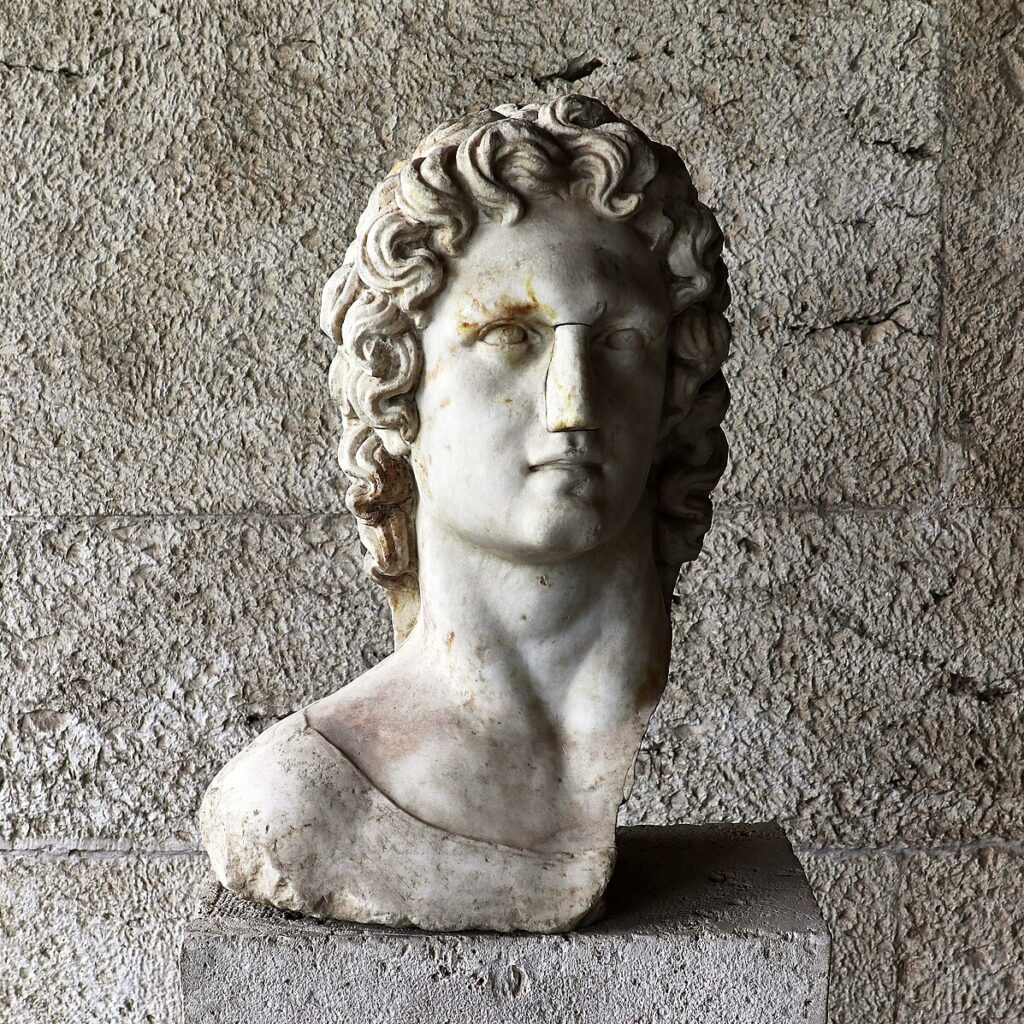
Credit- George E. Koronaios
Helios is seen as the personification of the Sun and the fundamental creative force behind it and is therefore often worshipped as the deity of life and creation.
Homer described Helios as a deity “who bestows joy on mortals”, and other ancient texts give him the epithet “gracious”, given that he is the source of life and regeneration and is associated with the creation of the world.
● Helios is commonly represented as a beautiful young man crowned with a solar halo, who each day drove the sun’s chariot across the sky to the Earth-orbiting Oceanus, returning at night across the world ocean to the east.
● Euripides calls him (khryspós), meaning “golden-eyed/looking” or “shining like gold”, while Mesomedes of Crete says he has golden hair, and Apollonius Rhodius says he has golden eyes emitting light.
● He was clothed in purple robes and sat on a throne of dazzling emeralds, according to the Augustan poet Ovid. He is depicted as a beautiful youth with wavy hair, a strong deity in the prime of life, with a crown of rays on his head, in ancient objects (such as coins, vases or reliefs). .

Credit -Deiadameian, CC BY SA 4.0
Helios, riding a serpent-drawn chariot, red-figure krater, detail attributed to the Underworld Painter, c. 330- 310 BC, Staatliche Antikensammlung, Munich.
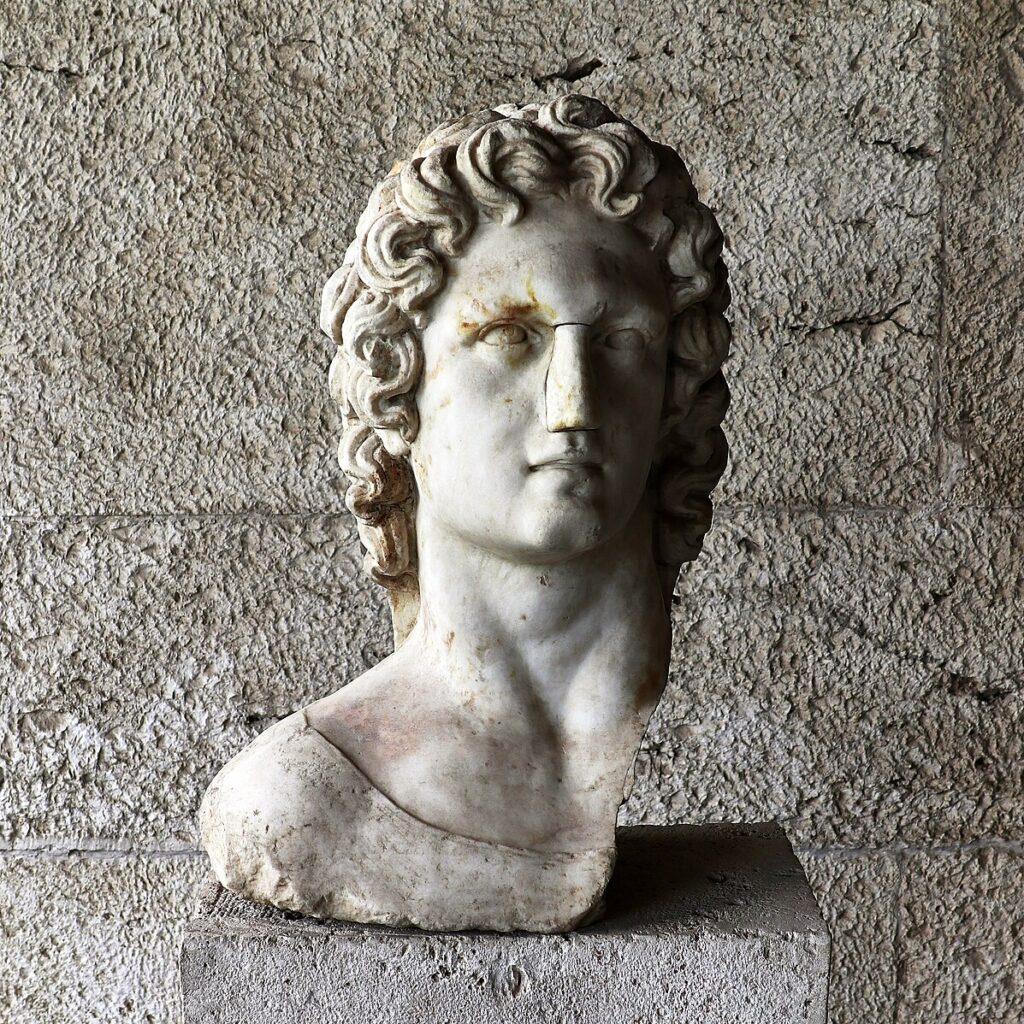
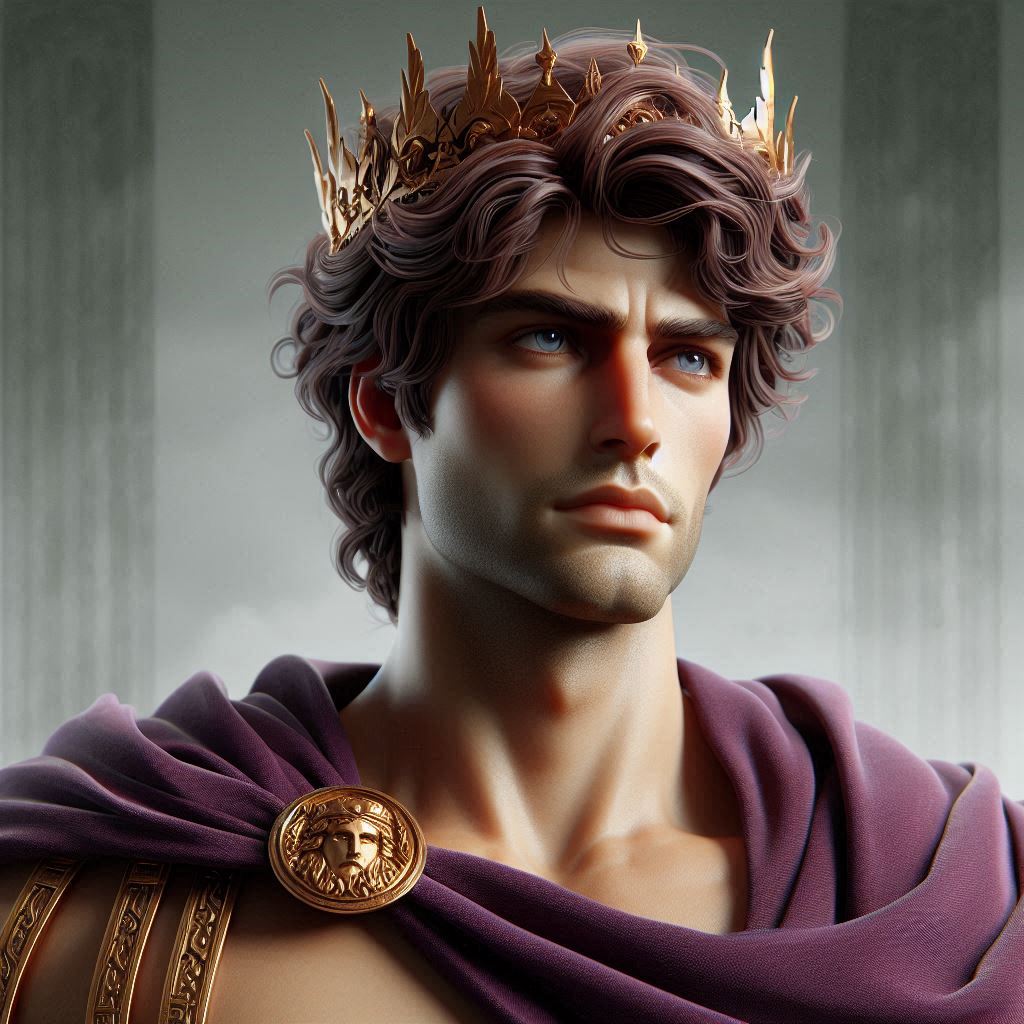
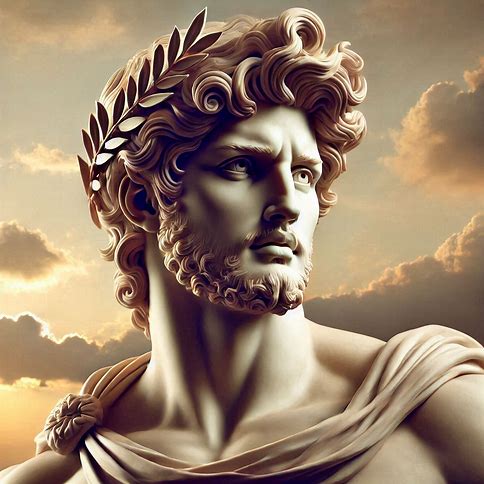
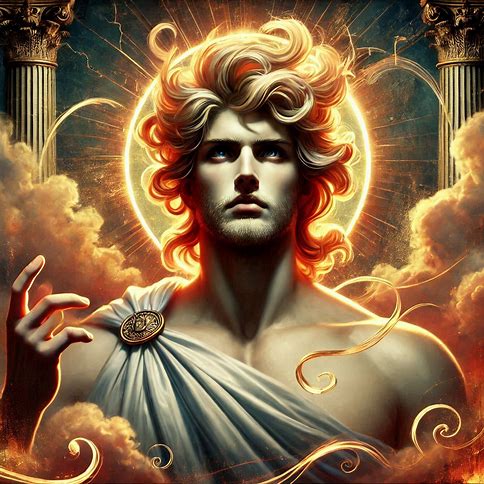
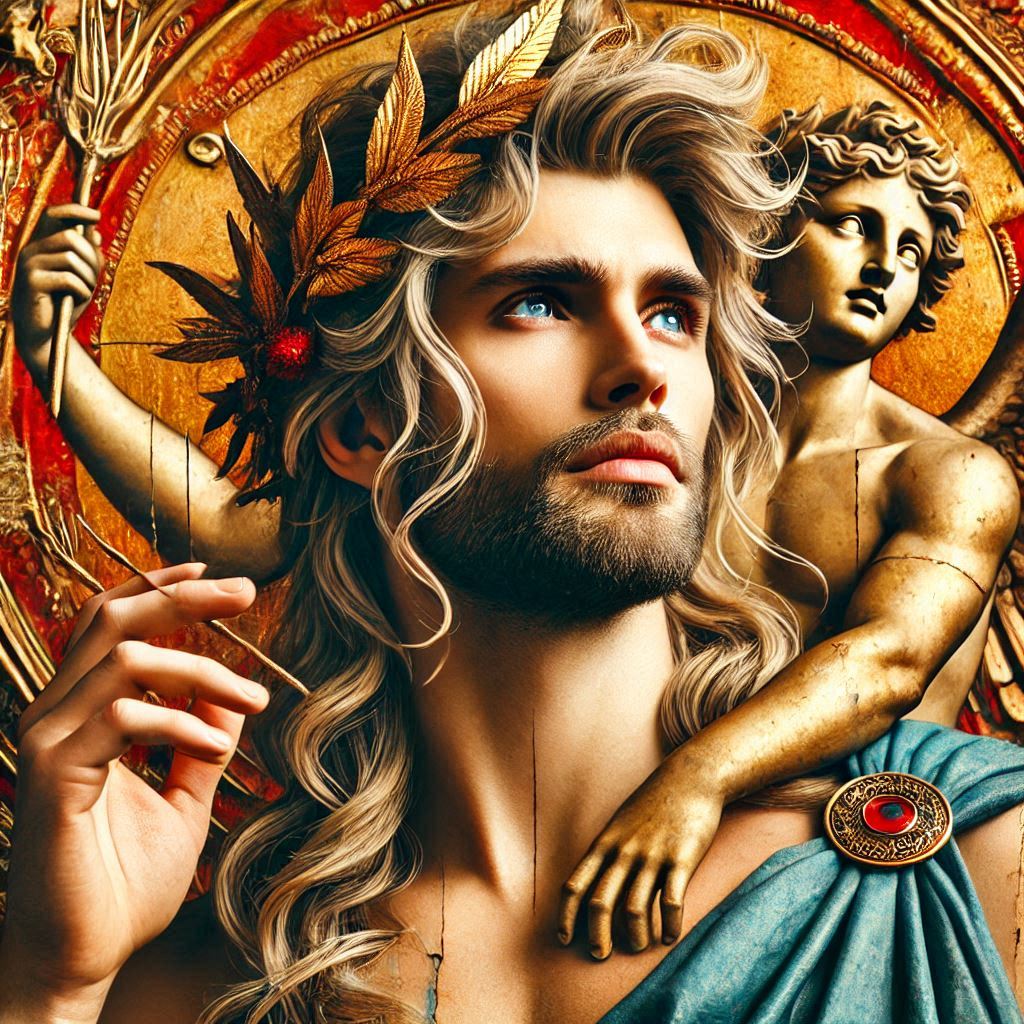

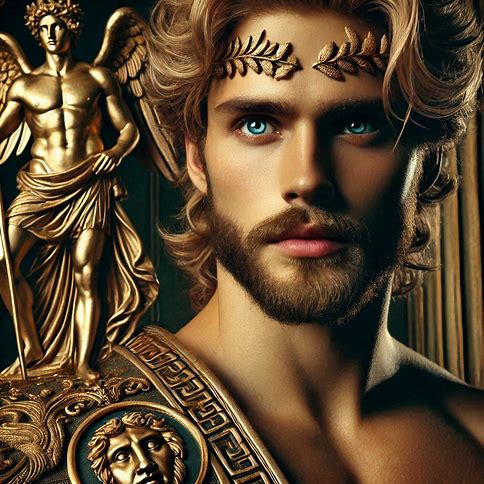
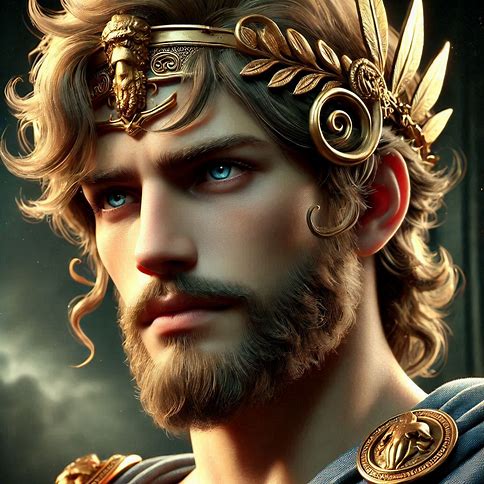
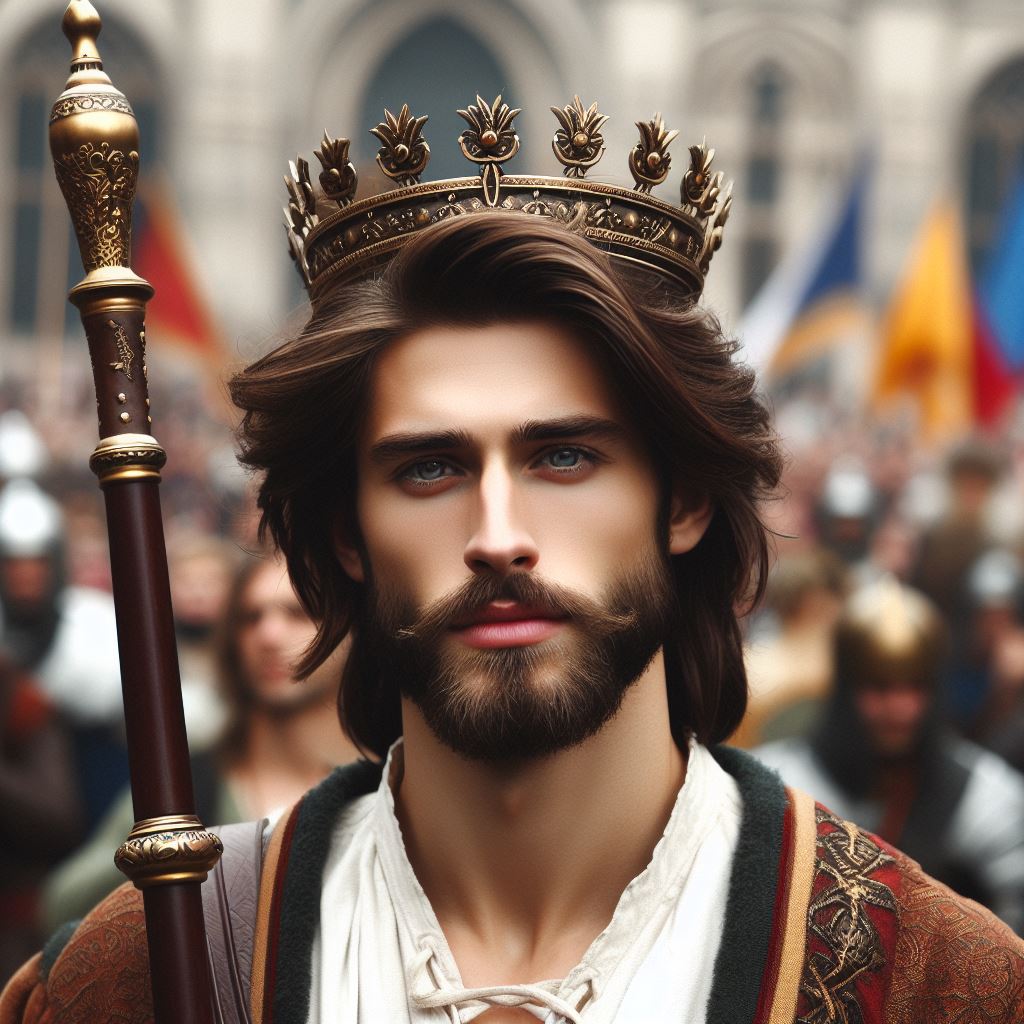
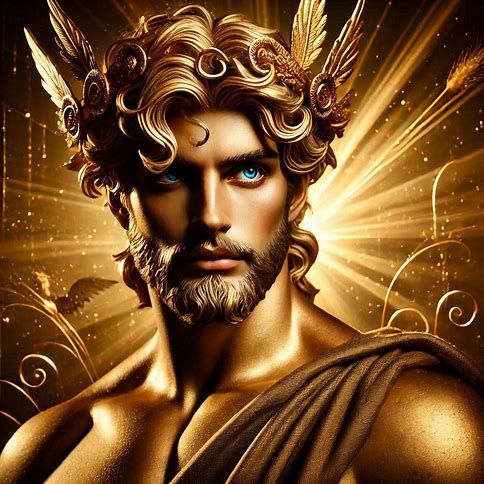
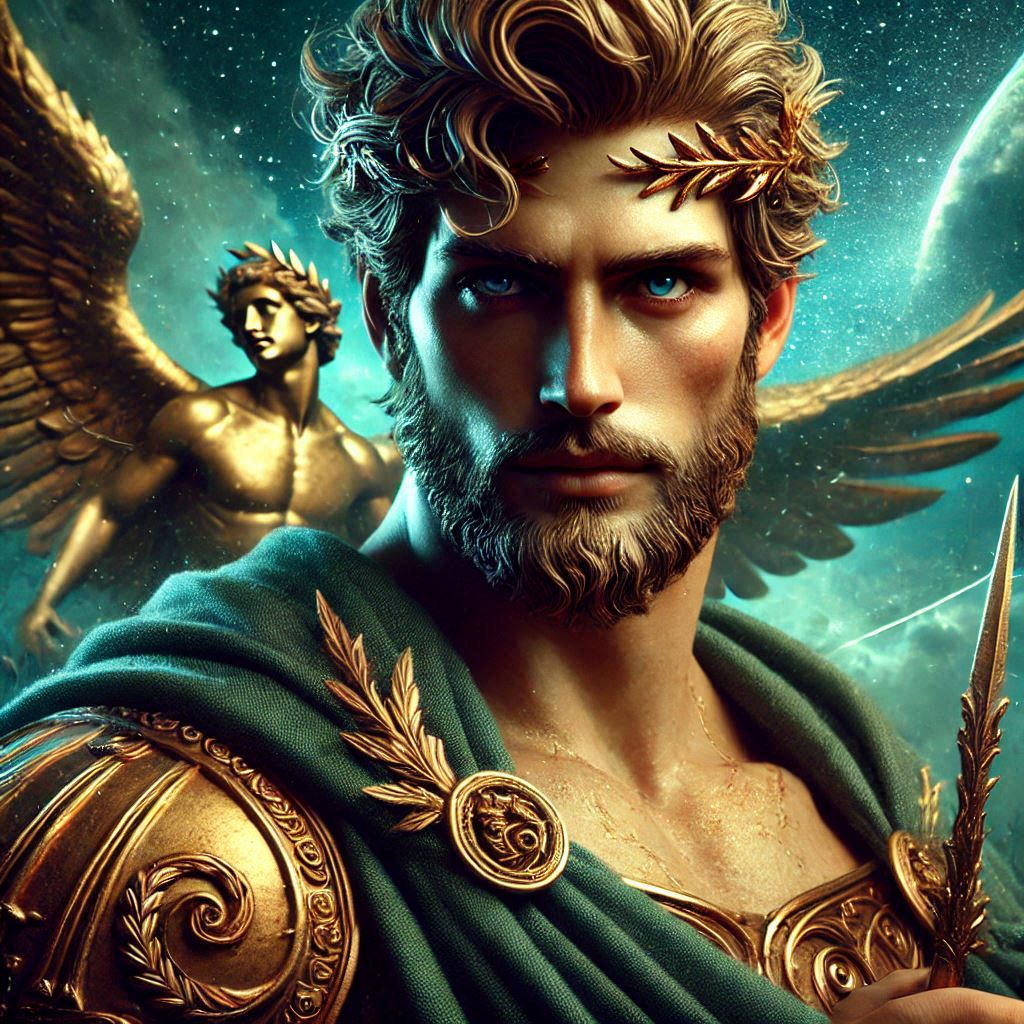
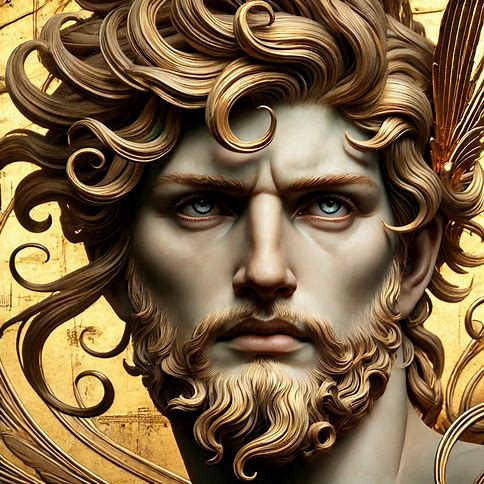
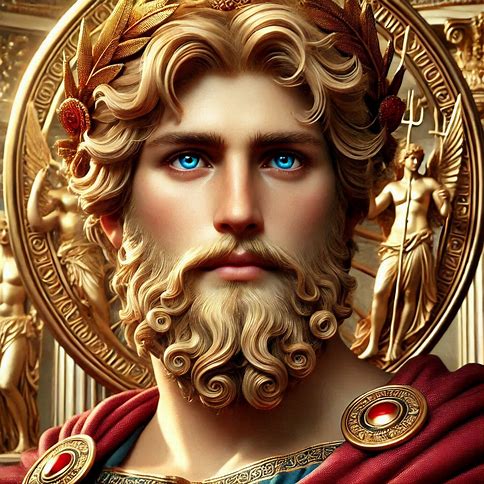
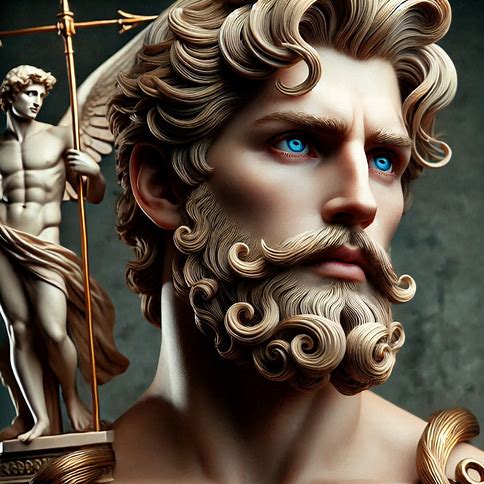
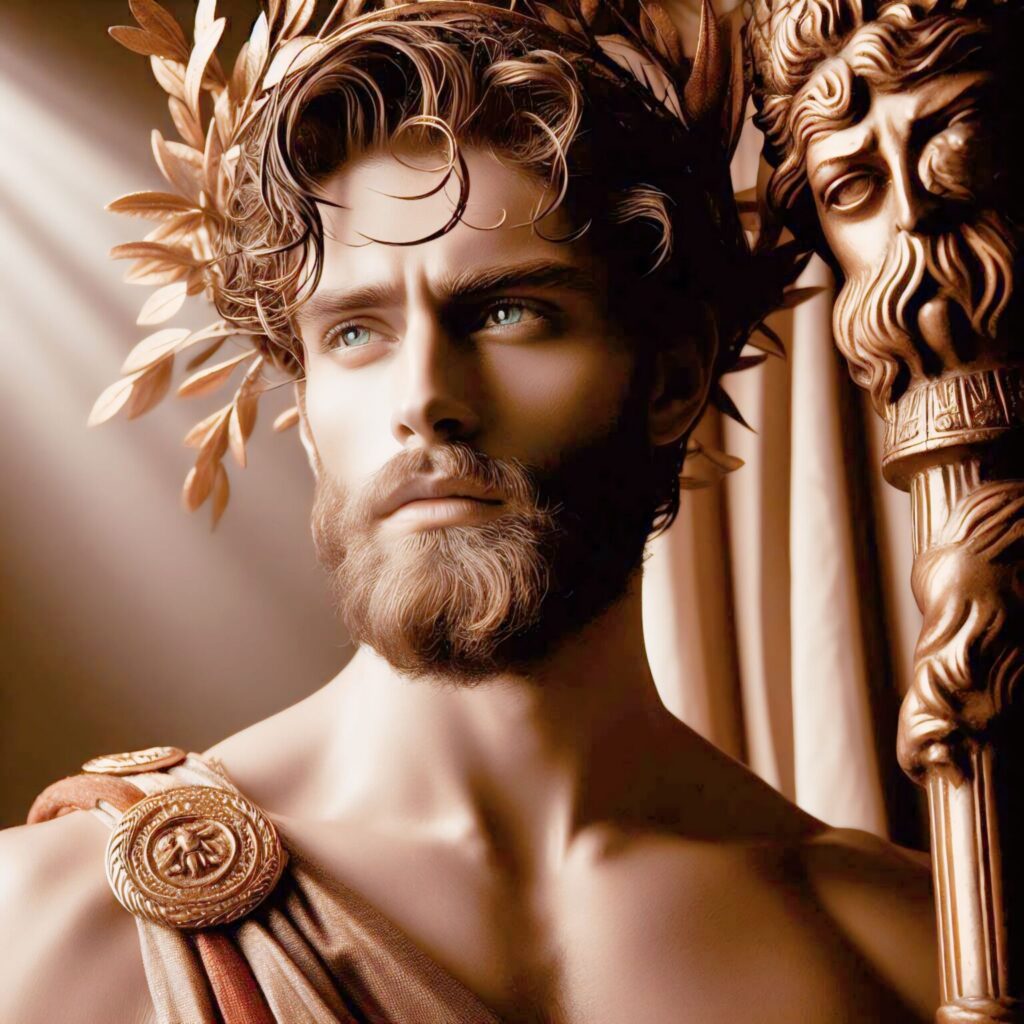
Face Comparison of Helios with another possible birth of this androgynous dying and rising authority
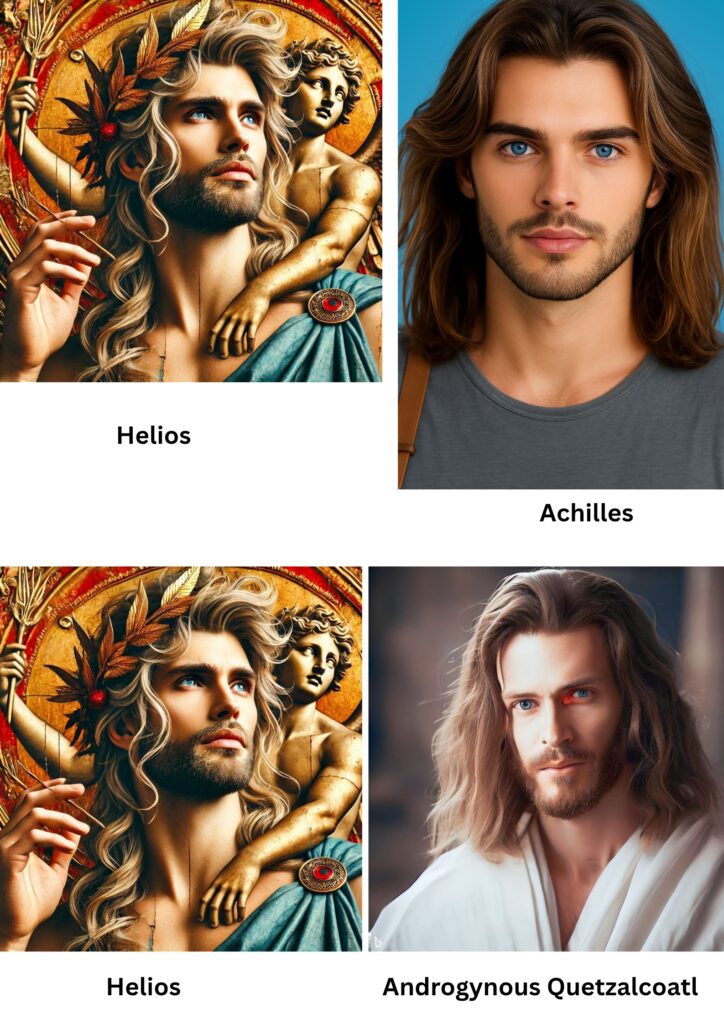
As we made hypothesis in previous blogs, similarly helios face also match with Androgynous dying and rising authority possible birth, was he the same Singular equivalent Androgynous dying and rising authority is yet remains and unsolved mystery.
Italy -400 BC

Credit- Sailko CC BY SA 3.0
Serapis Consort of Isis Mother Goddess
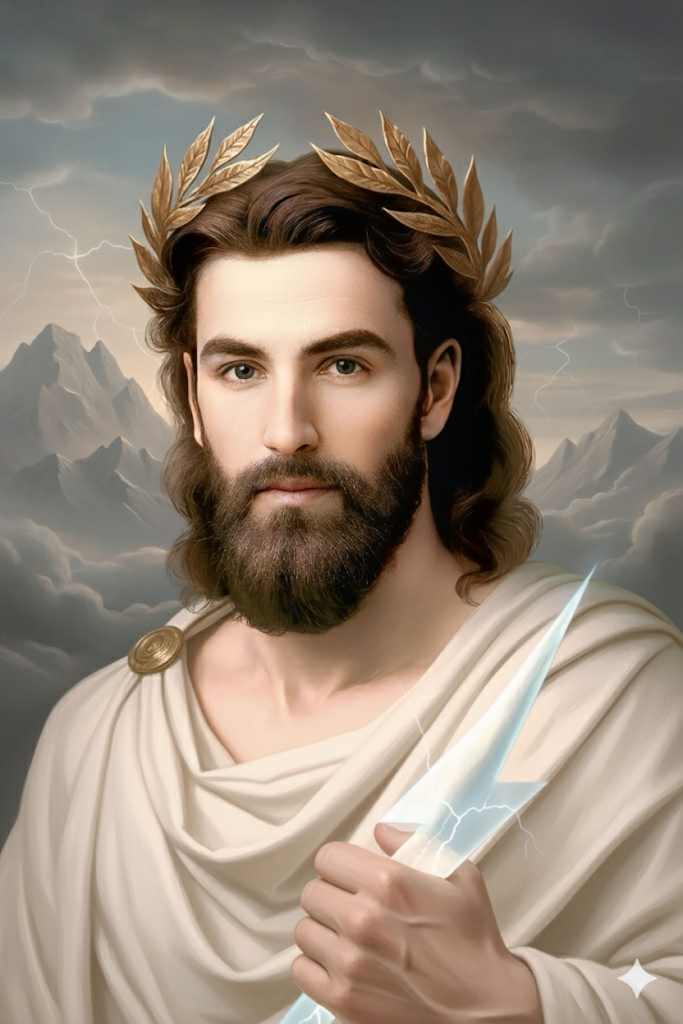
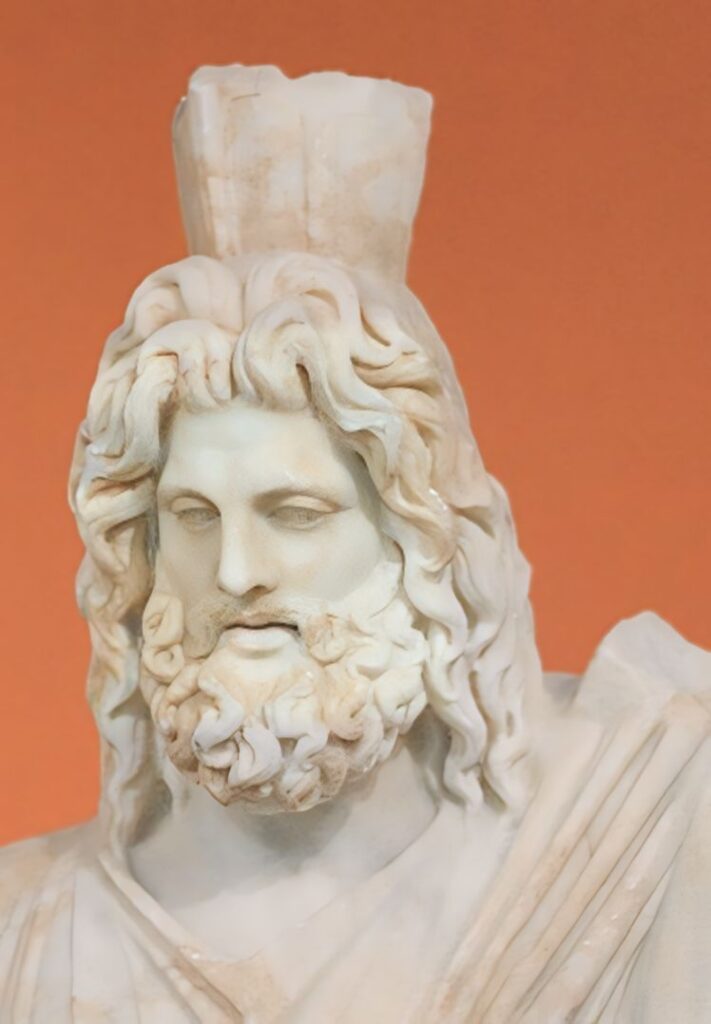
Credit- Carole Raddato CCC BY SA 2.0
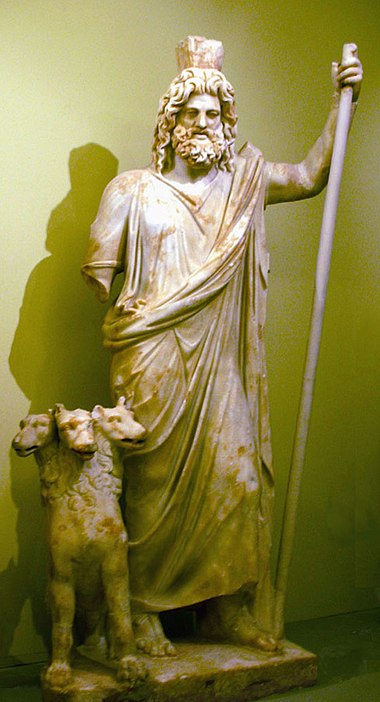
Stella maris CC BY SA 3.0./Serapis Statue
Serapis was a Graeco-Egyptian Deity that was popularized by the Greek Pharaoh Ptolemy I Soter in the 3rd century BC.
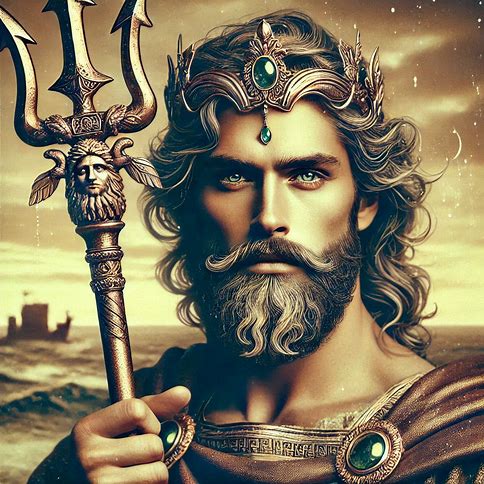

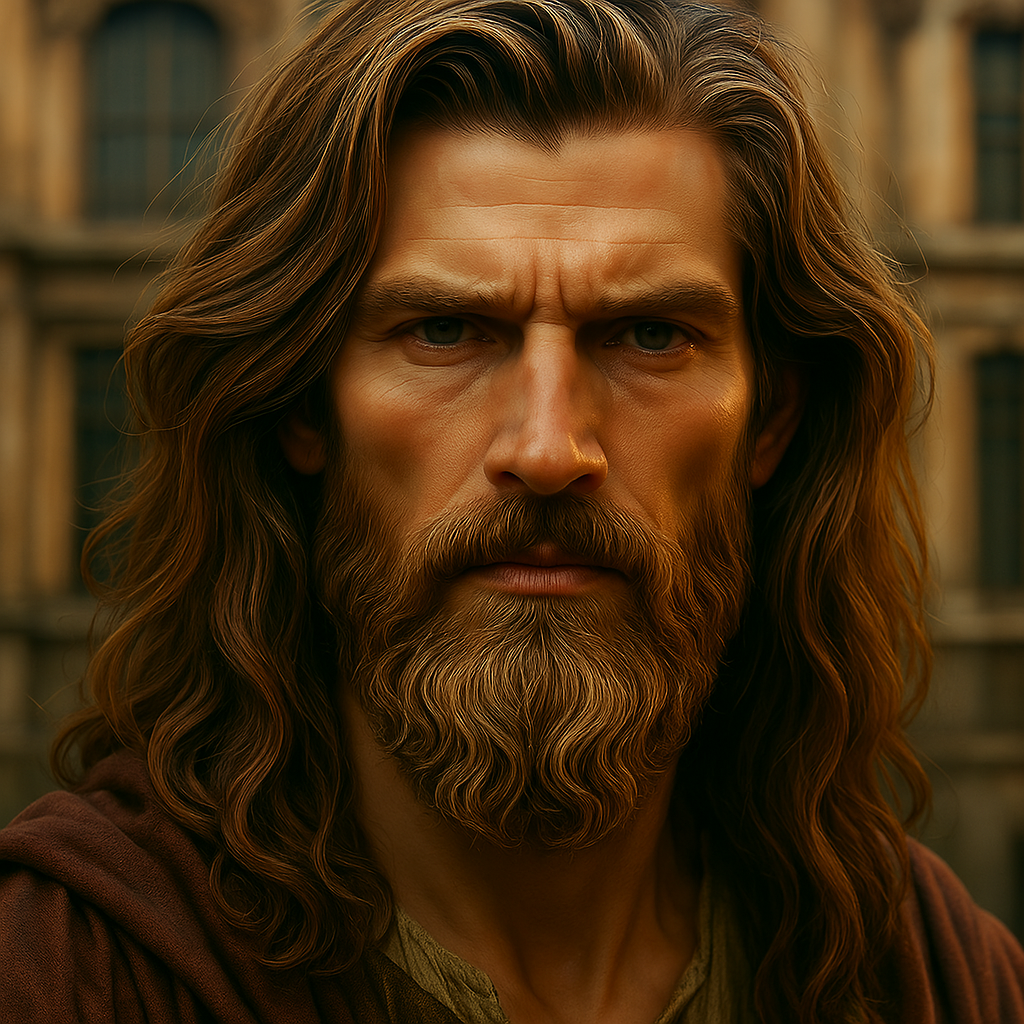
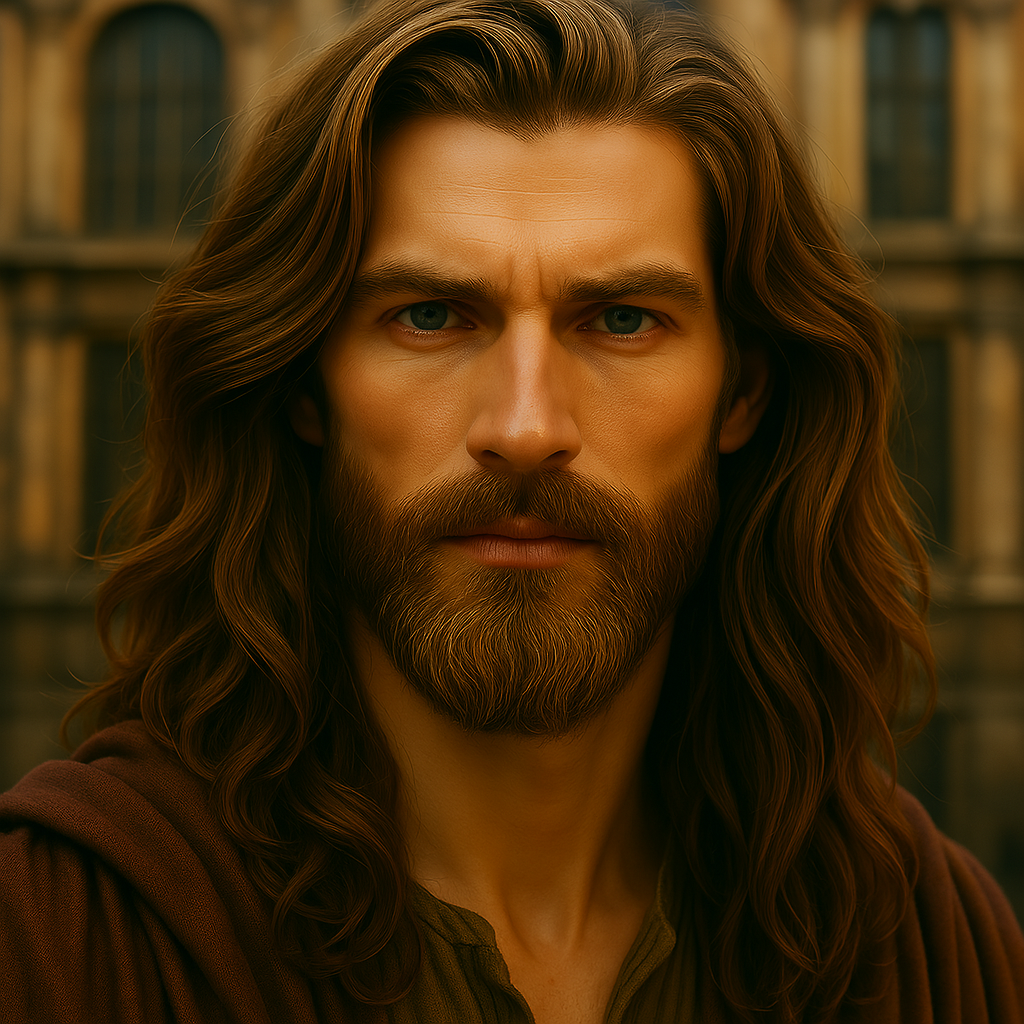

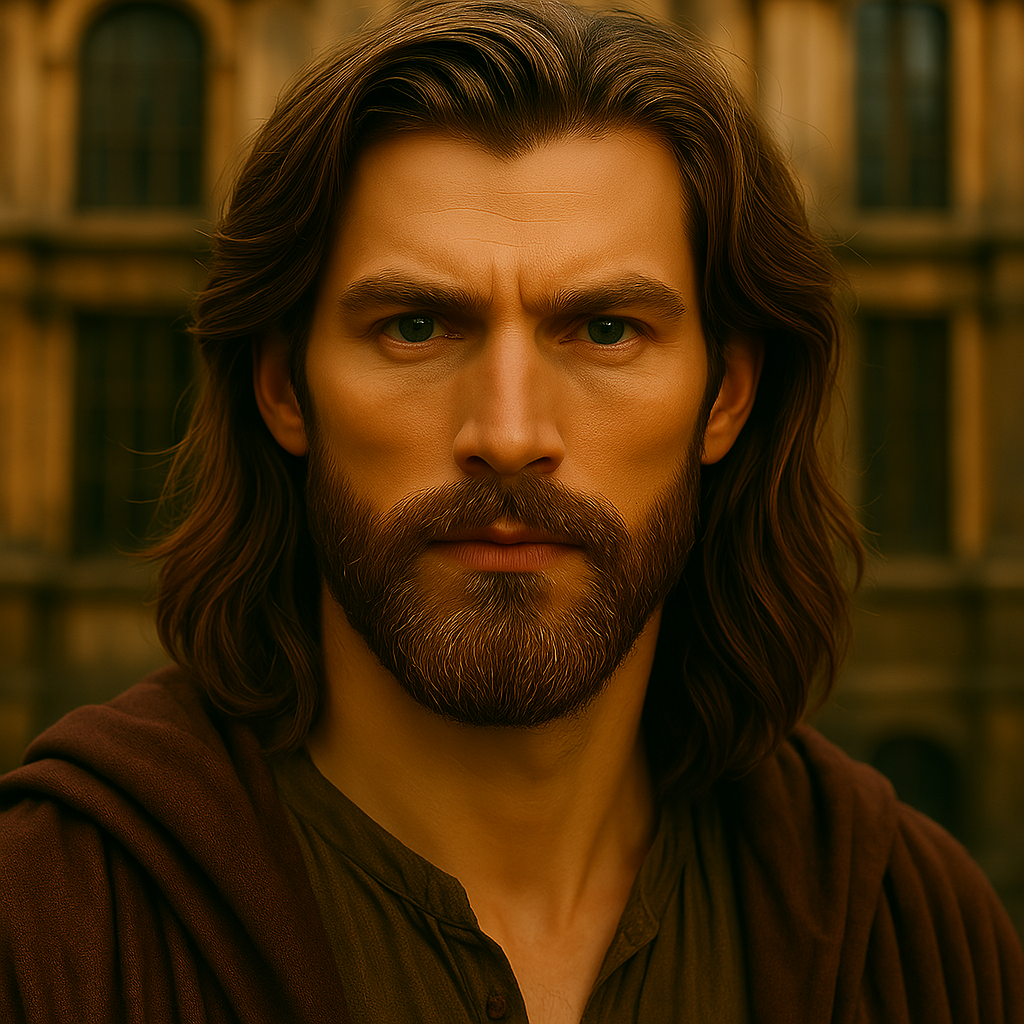
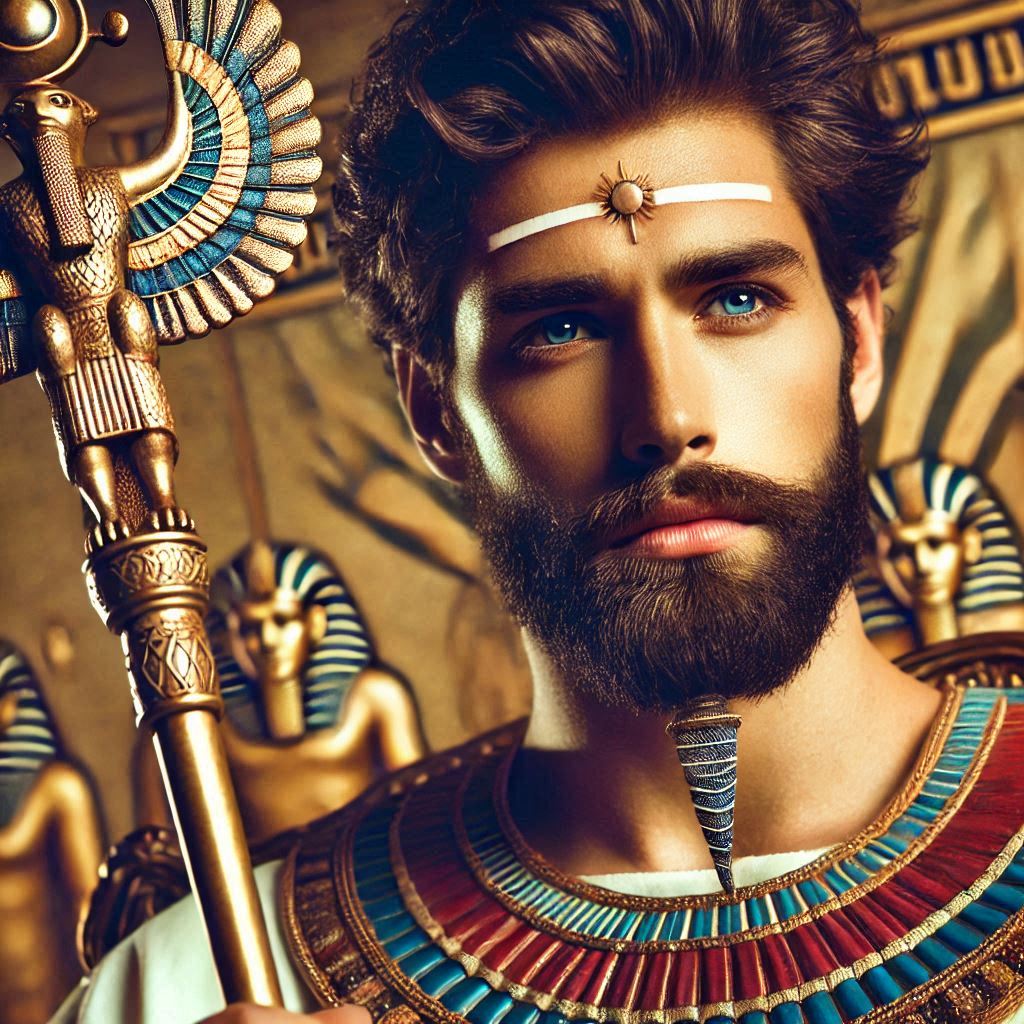

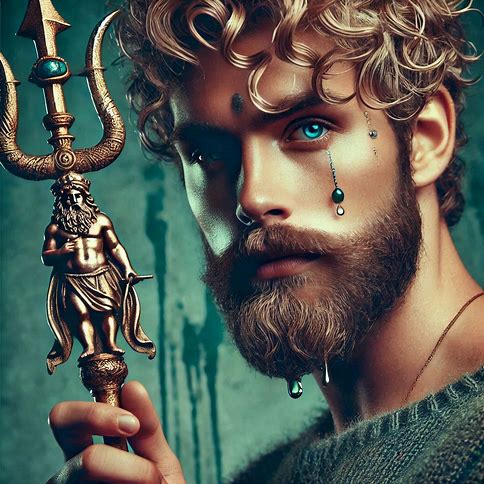
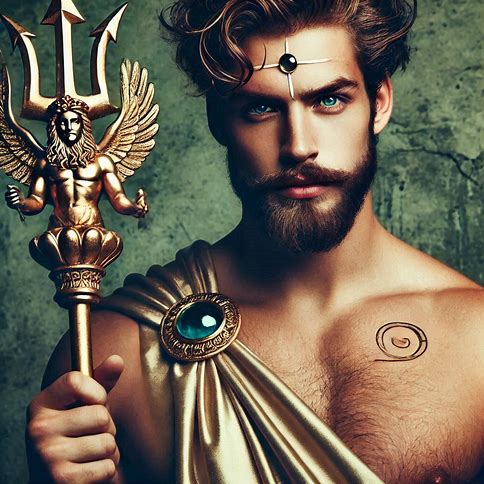
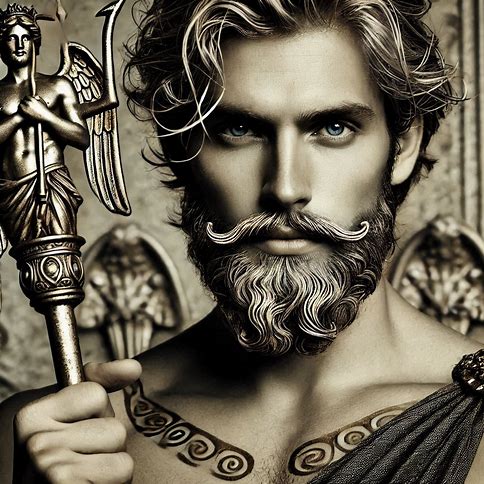

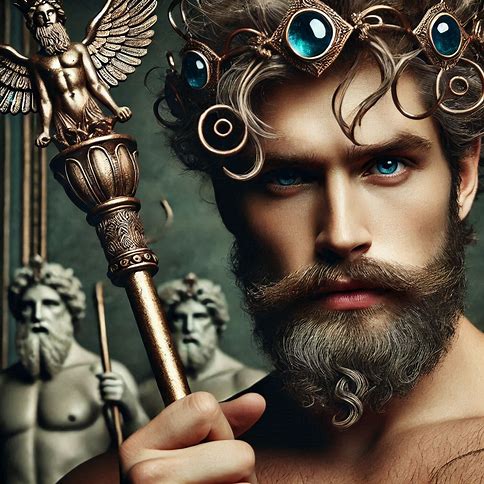
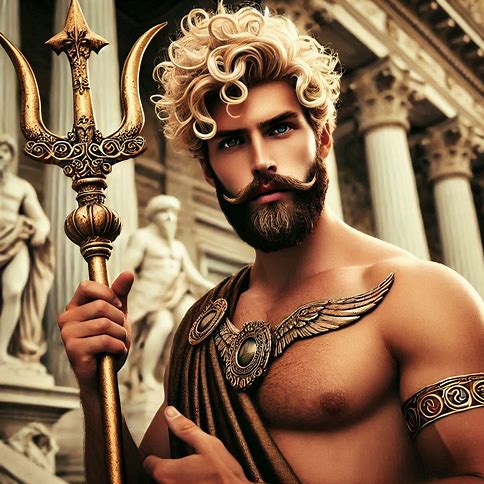
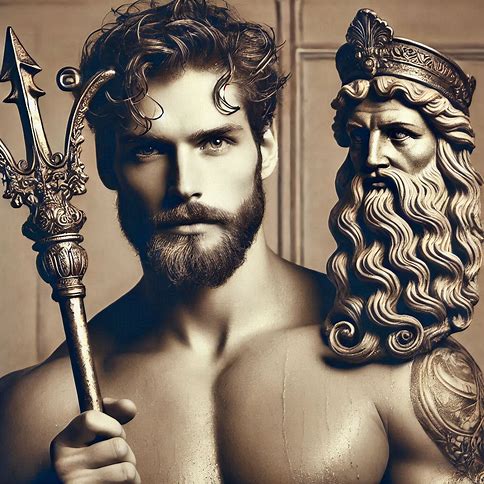

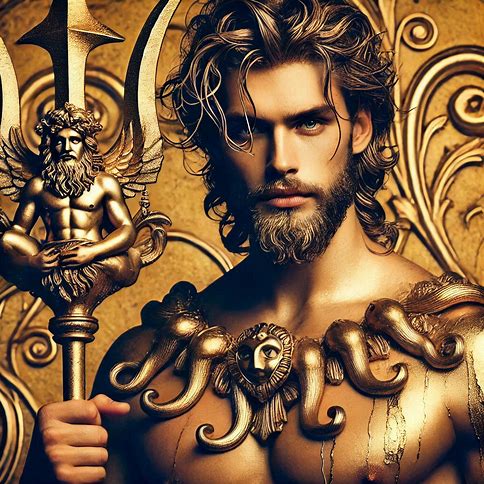
Egyptian Mother Goddess Isis is equivalent to Greek Androgynous Aphrodite means another name of singular authority in another civilization, And Greek androgynous Aphrodite always mentioned as a Mortal consort of Androgynous Adonis Dying and Rising Authority, vs Egyptian Queen Isis Mother goddess mentioned as a Consort of Androgynous Osiris Dying and Rising authority, and here Isis mentioned as a consort of Serapis, was Serapis also an Androgynous Dying and Rising authority ?
according to Bhagvad Gita verse 4.6 , Dying and Rising authority face remains the same in every birth, And Serapis face also match with another possible birth of this androgynous Dying and Rising authority,
Let’s Test the Hypothesis, Face Comparison of Serapis with another possible birth of this androgynous dying and Rising authority
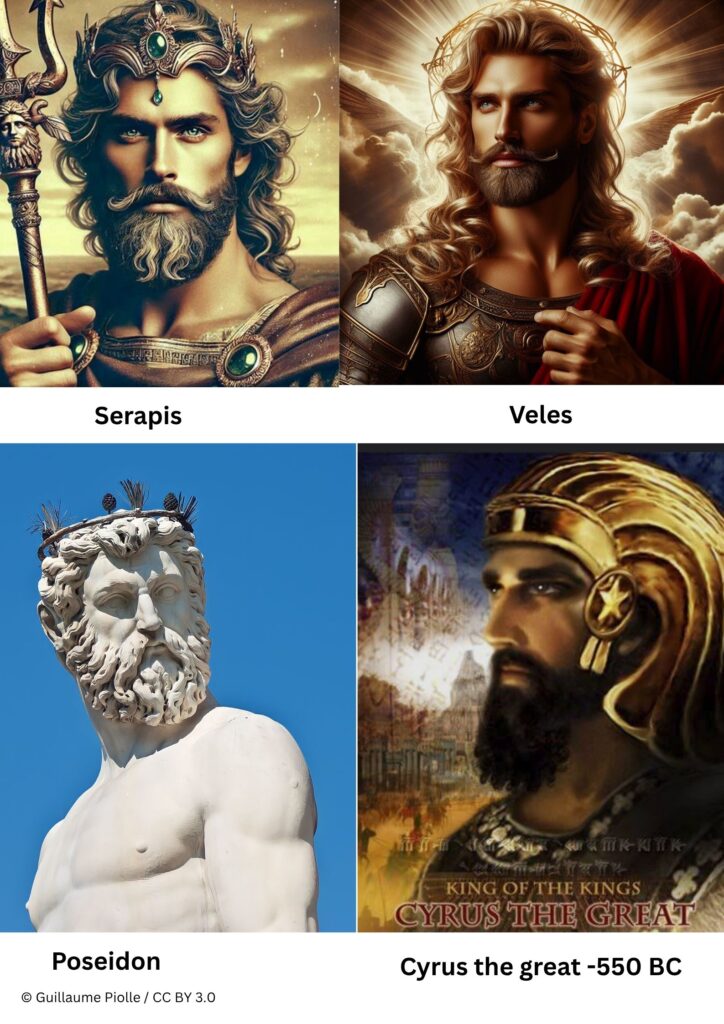
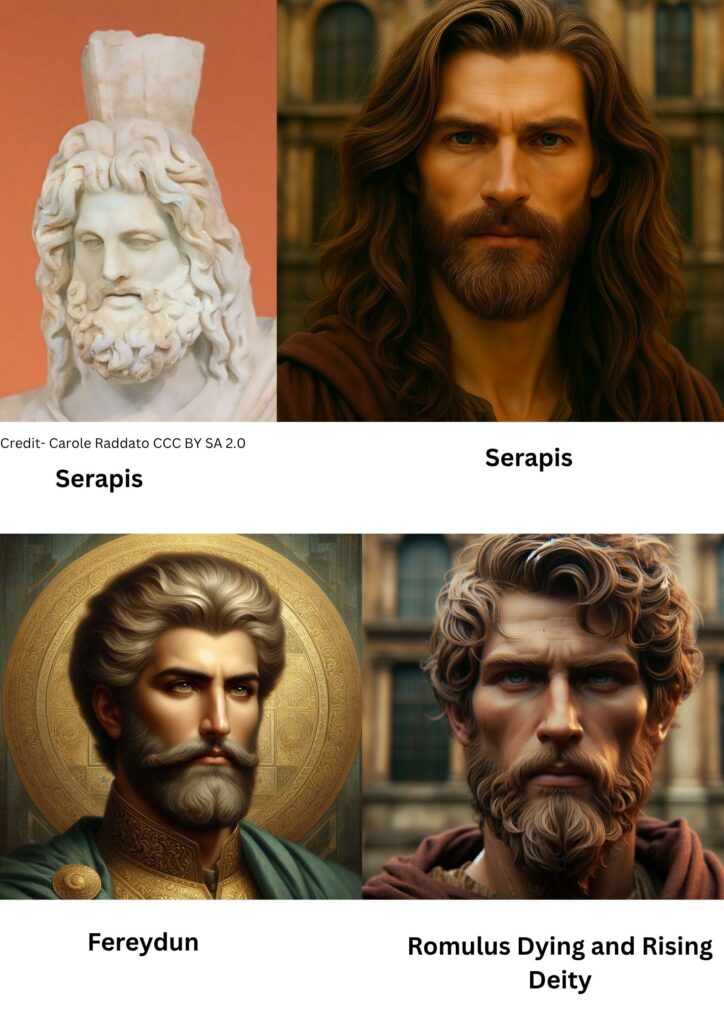
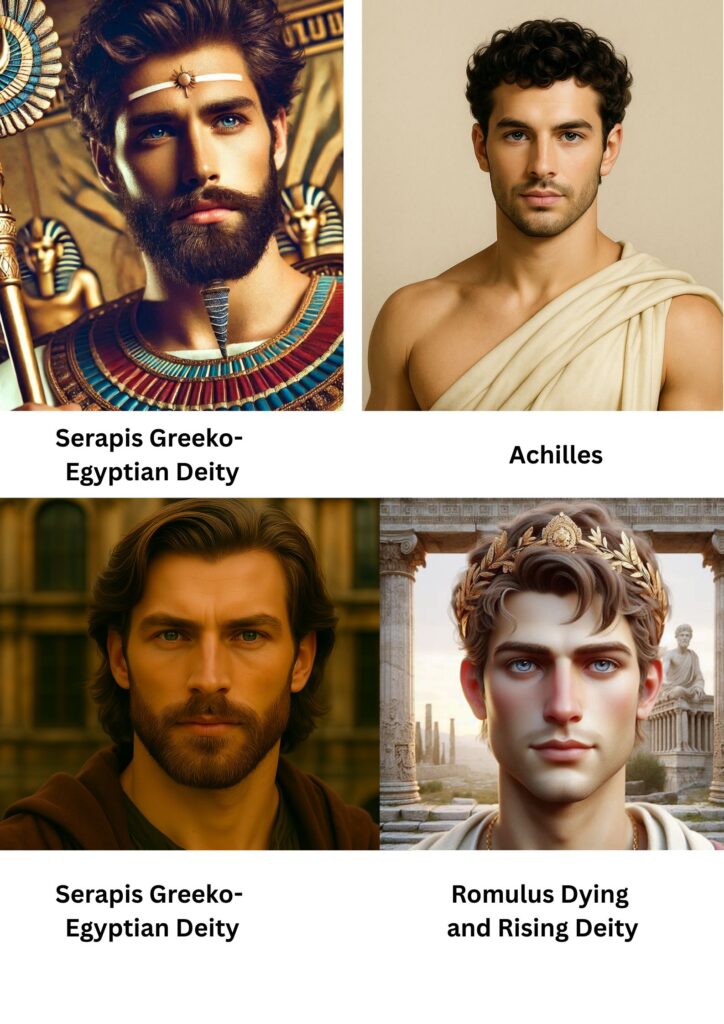
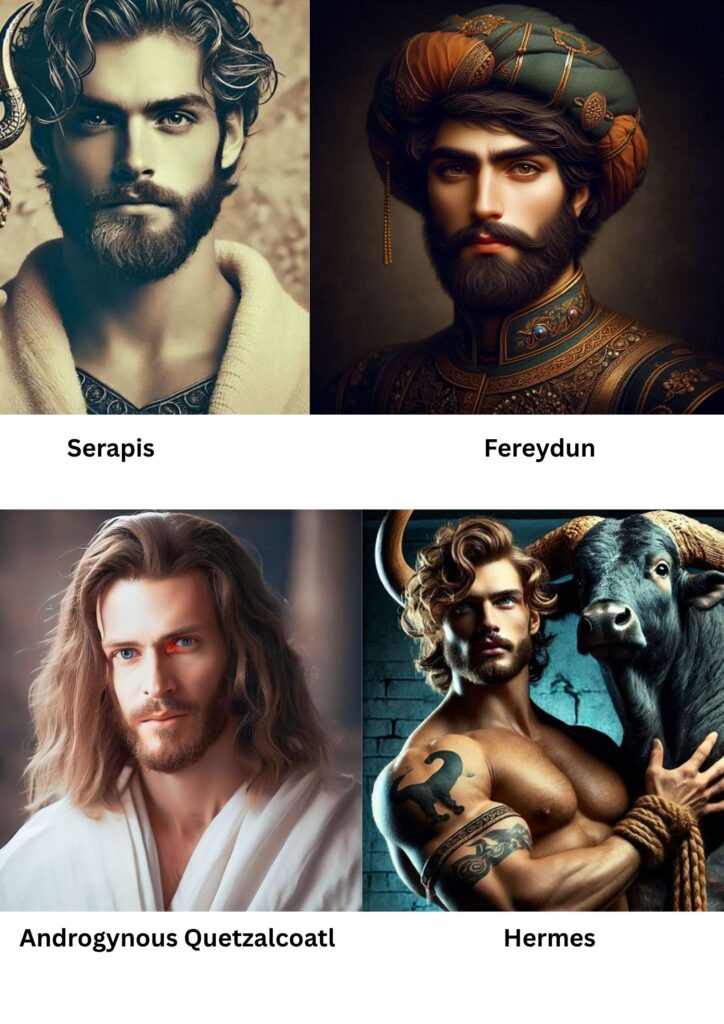
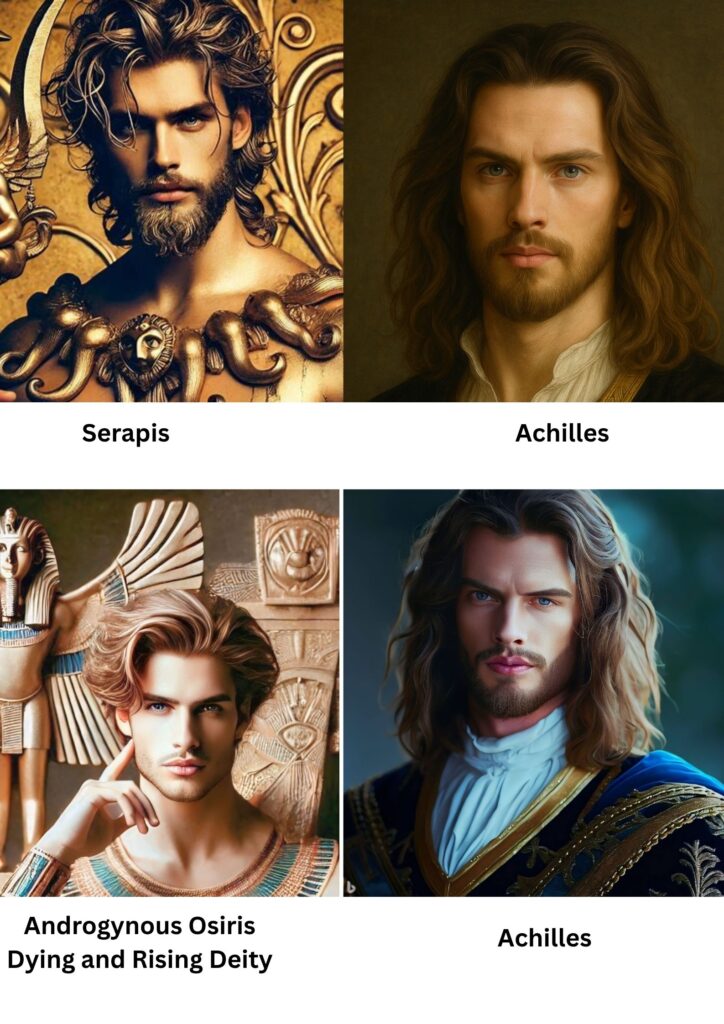
according to Bhagvad Gita verse 4.6 , Dying and Rising authority face remains the same in every birth, And Serapis face also match with another possible birth of this androgynous Dying and Rising authority, is Yet remains an Unsolved Mystery.
The Yali hybrid animal symbol in Indus valley Civilization- Before 600 BC (before collapsed of indus valley civilization in 600 BC)

credit -bhibhu dev mishra, use under fair use under policy for education purpose
Mohenjo-daro seal M-300 depicts a composite animal with a pair of horns, the tusks and trunk of an elephant, lion’s mane, the graceful body of an antelope, the hind legs of a tiger, and an upright serpent-like tail.
Reference – yali of indus valley
Yali hybrid animal Symbols reappeared – from 300 BC Mauryan Period and found continue till British enter in indian politics- 18th Century

● Mention in this Below source that the depiction of yali goes back to the Mauryan period 300 BC & then spread into other areas.
As we see this same Androgynous deity teach similar knowledge to all civilization with different names,
so again in 300 BC, does serapis taught same teaching to Indian civilization with different name as this light and thunder androgynous creator Authority known with indra name from ancient vedic india.
Reference – https://manishjaishree.com/yali-mythical-animal/
300 BC Spiritual Revolution –
Androgynous Creator light and thunder deity teaching hybrid animal Symbols reappeared in indian civilization Architecture from 300 BC
1.Sanchi Stupa
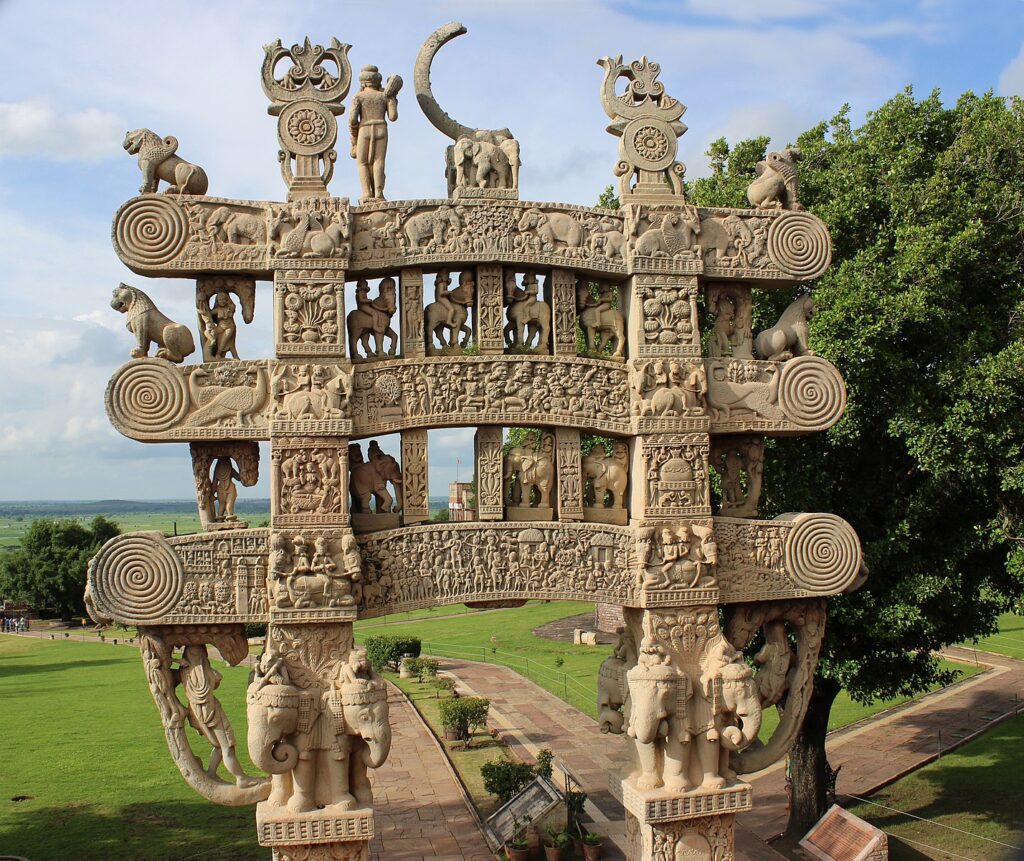
Credit- Suyash Dwivedi CC BY SA 4.0
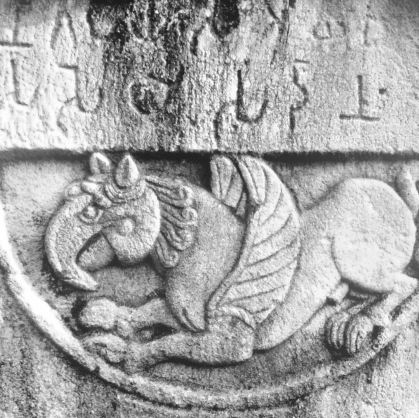
Arnold batten • Public domain
Flying griffin Sanchi Stupa 2
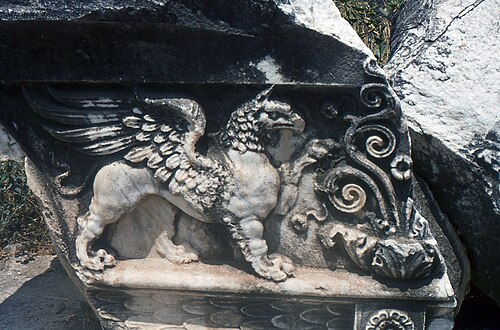
Daniel Villafruela. • CC BY 3.0
Centaur on Sanchi Stupa -300 BC

Kevin Standage (kevinstandage1@googlemail.com) INDIAN TRAVEL PHOTOGRAPHY • CC BY-SA 2.0
Centaur on Jain Stupa -100 BC
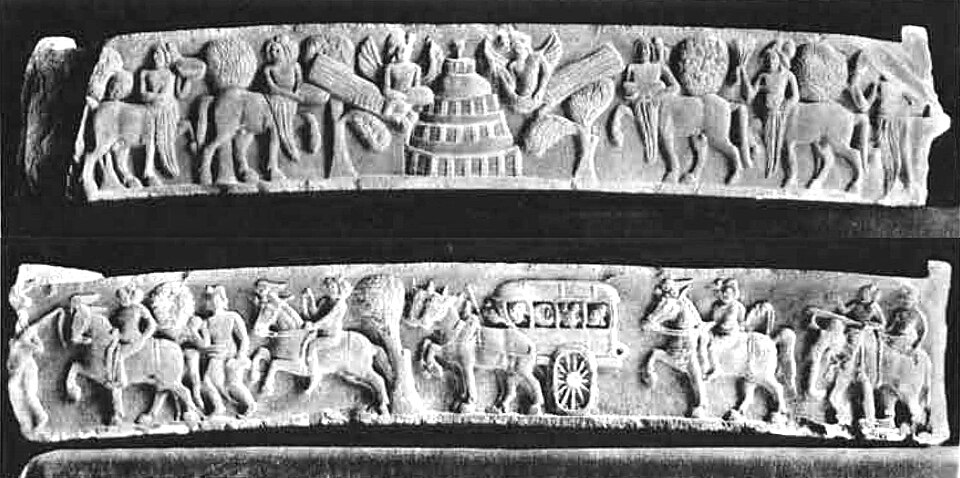
Provincial Museum Lucknow, Public domain
Kankali Tila architrave with Gandharva or Centaurs worshipping a Jain Stupa, Mathura, circa 100 BCE
Kankali Tila is an ancient Jain site in Mathura, Uttar Pradesh, known for its archaeological excavations that unearthed numerous Jain artifacts, including stupas and temple remains.
similar Architecture of Olmecs, hindu-Buddhist Temples

The Titan Atlas, supporting a Buddhist monument, Hadda(public domain)
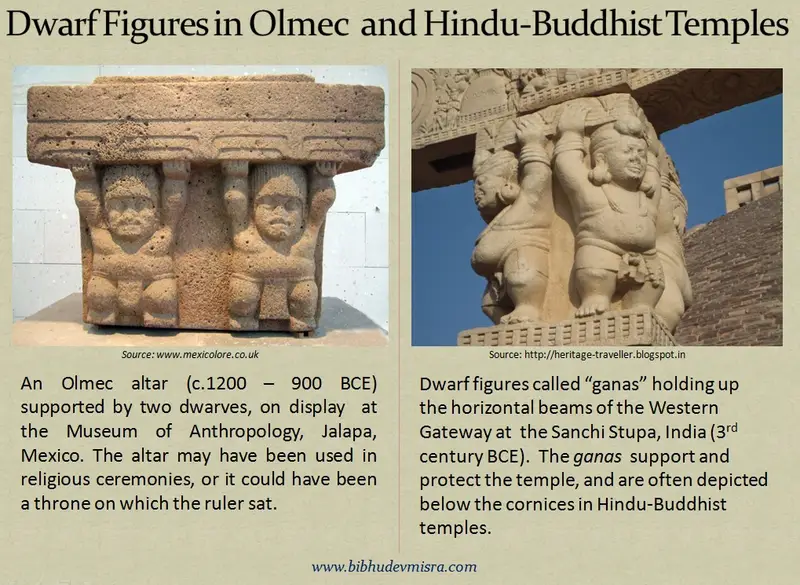
use under fair use policy for education purpose
Indra – Deity of light and Thunder
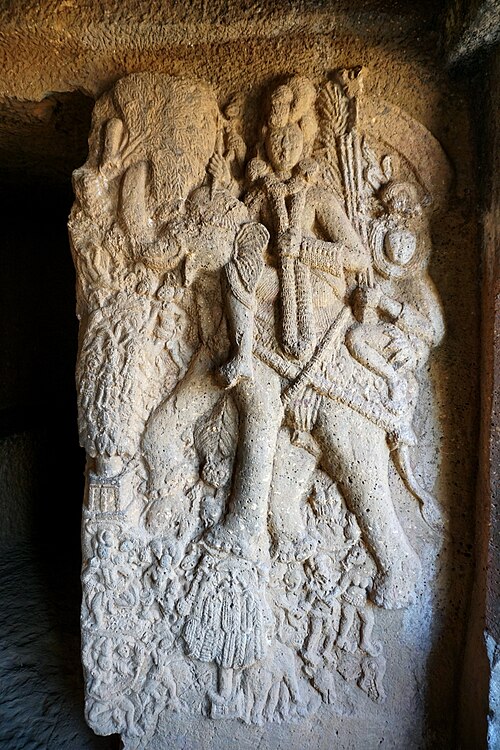
Photo Dharma from Sadao, Thailand • CC BY 2.0
Indra on his elephant, guarding the entrance of the 1st century BCE Buddhist Cave 19 at Bhaja Caves (Maharashtra).
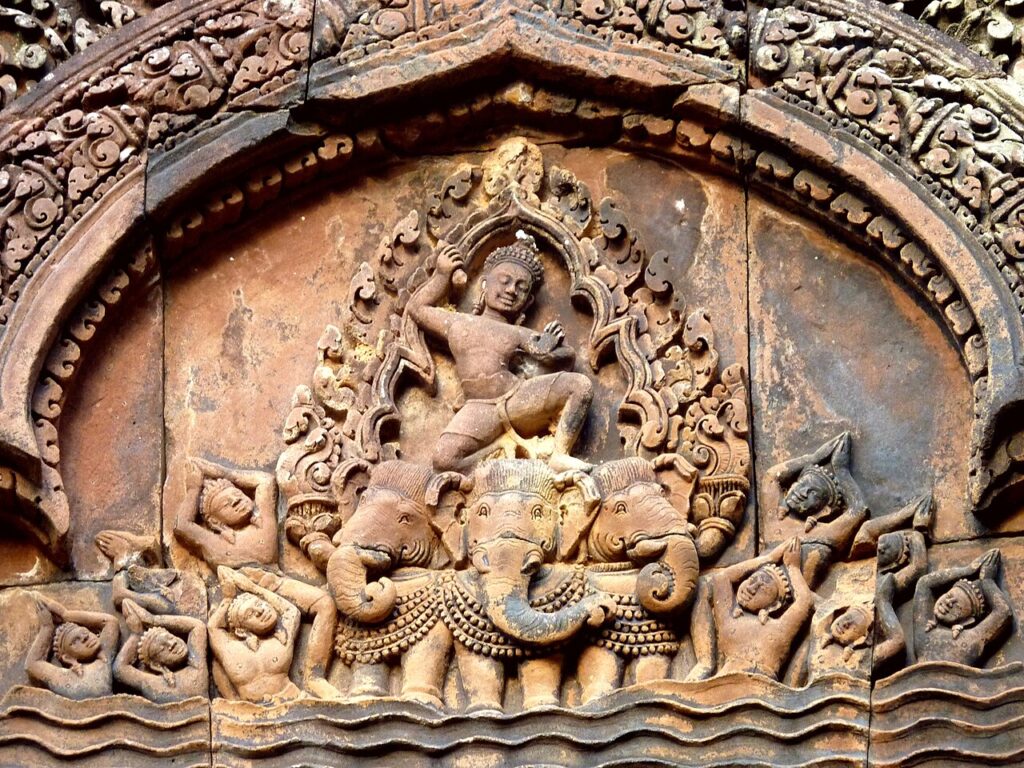
Photo Dharma, Thailand • CC BY 2.0
Banteay Srei temple’s pediment carvings depict Indra mounted on Airavata, Cambodia, c. 10th century.
Indra as a deity had a presence in northeastern Asia minor, as evidenced by the inscriptions on the Boghaz-köi clay tablets dated to about 1400 BCE.
Indra is of ancient but unclear origin. Aspects of Indra as a deity are cognate to other Indo-European Deities; there are thunder Deity such as Thor, Perun, and Zeus who share parts of his heroic mythologies, act as king of Deities, and all are linked to “rain and thunder”.The similarities between Indra of Vedic mythology and of Thor of Nordic and Germanic mythologies are significant, states Max Müller. Both Indra and Thor are storm Deities, with powers over lightning and thunder, both carry a hammer or an equivalent, for both the weapon returns to their hand after they hurl it, both are associated with bulls in the earliest layer of respective texts, both use thunder as a battle-cry, both are protectors of mankind, both are described with legends about “milking the cloud-cows”, both are benevolent giants, deities of strength, of life, of marriage and the healing deities.
Heracles depiction of Vajrapani as the protector of the Buddha, 2nd century AD, Gandhara, British Museum.
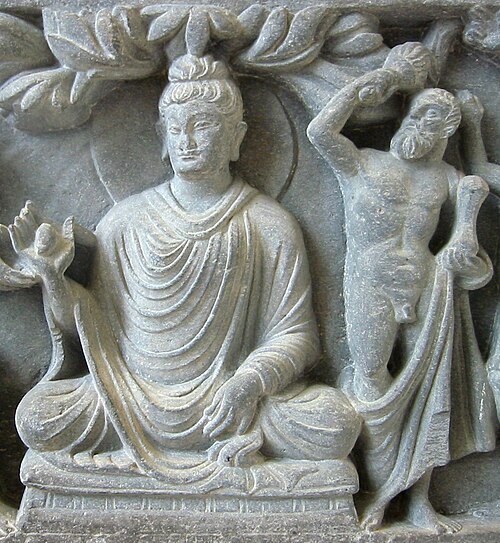
User:World Imaging • CC BY-SA 3.0
Reference – https://en.m.wikipedia.org/wiki/Greco-Buddhist_art
In Gandharan art, the Buddha is often shown under the protection of the Greek deity Herakles, standing with his club (and later a diamond rod) resting over his arm. This unusual representation of Herakles is the same as the one on the back of Demetrius’ coins, and it is exclusively associated to him (and his son Euthydemus II), seen only on the back of his coins.Soon, the figure of the Buddha was incorporated within architectural designs, such as Corinthian pillars and friezes. Scenes of the life of the Buddha are typically depicted in a Greek architectural environment.
Depiction of the story of the Greek Trojan horse in the art of Gandhara.(2nd-3rd Century)
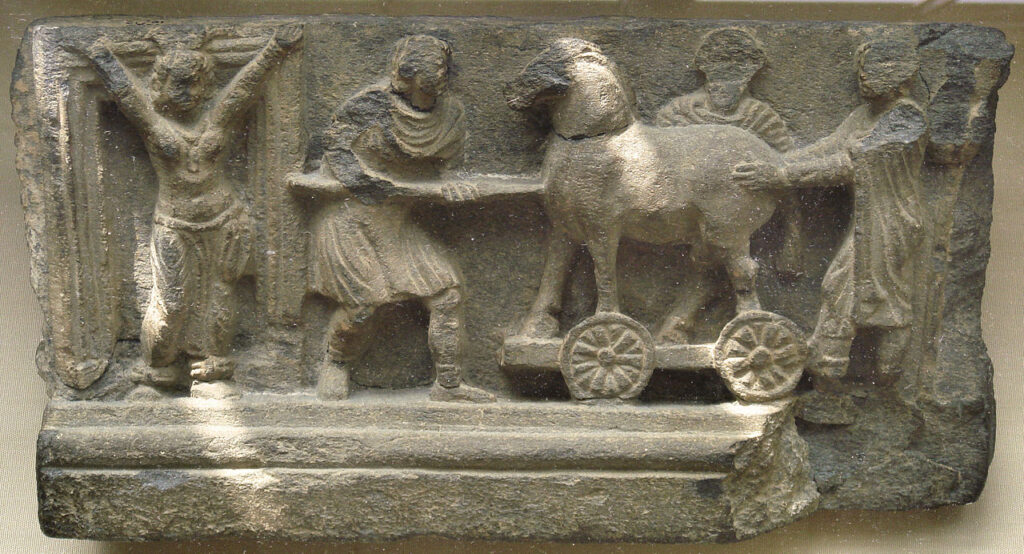
public domain
A relief carving showing the Trojan Horse on wheels. Gandhara School,from the Hellenistic Kingdom of Kushan( c.2nd-3rd century), British Museum
The Greek presence in Asia continued for many centuries after Alexander’s death. Greek art became associated with Buddhism and Hinduism, which effectively received great influence from Europe through the Greeks.
Greek sculpture became the mother of Buddhist art. Statues of Greek Deities and pieces of Greek History were created in Asia, making the presence of the Greeks truly immortal in all those regions.
The above relief which shows a scene from Homer’s Iliad is a demonstration of the fact that Greek History had become a popular artistic theme in Asia.
India, 200 BC

credit – Daderot ( Public Domain)
Zalmoxis, Dying and Rising Deity, Romania
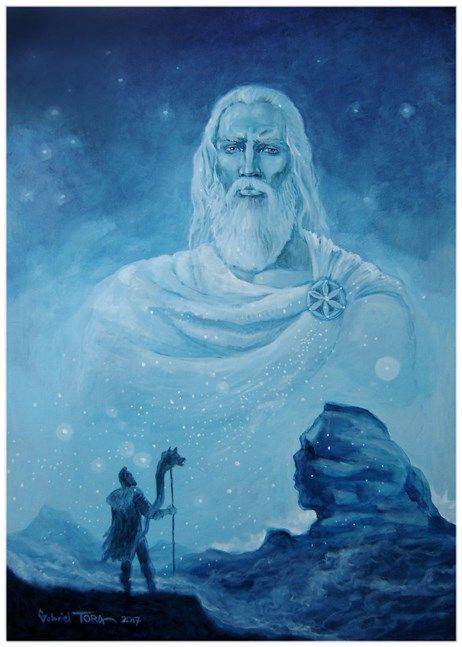
According to Strabo, Zalmoxis was a prophet who exhorted the wise and noble devotees to live according to their written laws, called the Belgian Laws.
Zalmoxis Taught knowledge of civilization
He also taught them logic, physics, theology, ethics, and astronomy, helping them to develop a level of reasoning that was very advanced for its time. This kind of active pursuit is most likely at the heart of the name Getae, which is derived from the word “goetes” or, meaning prophets.
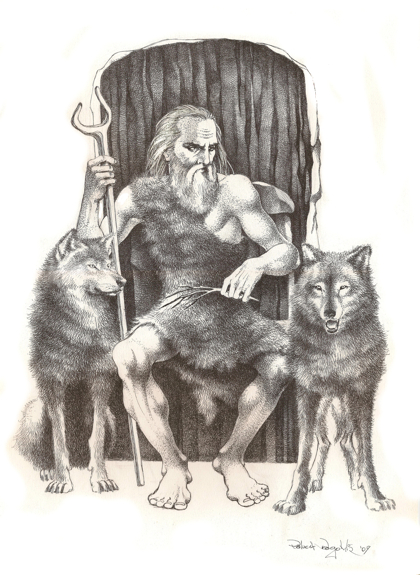
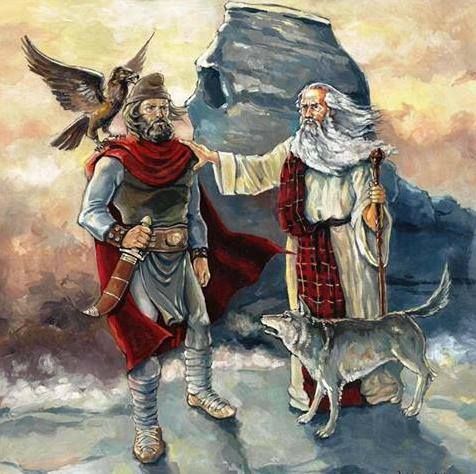
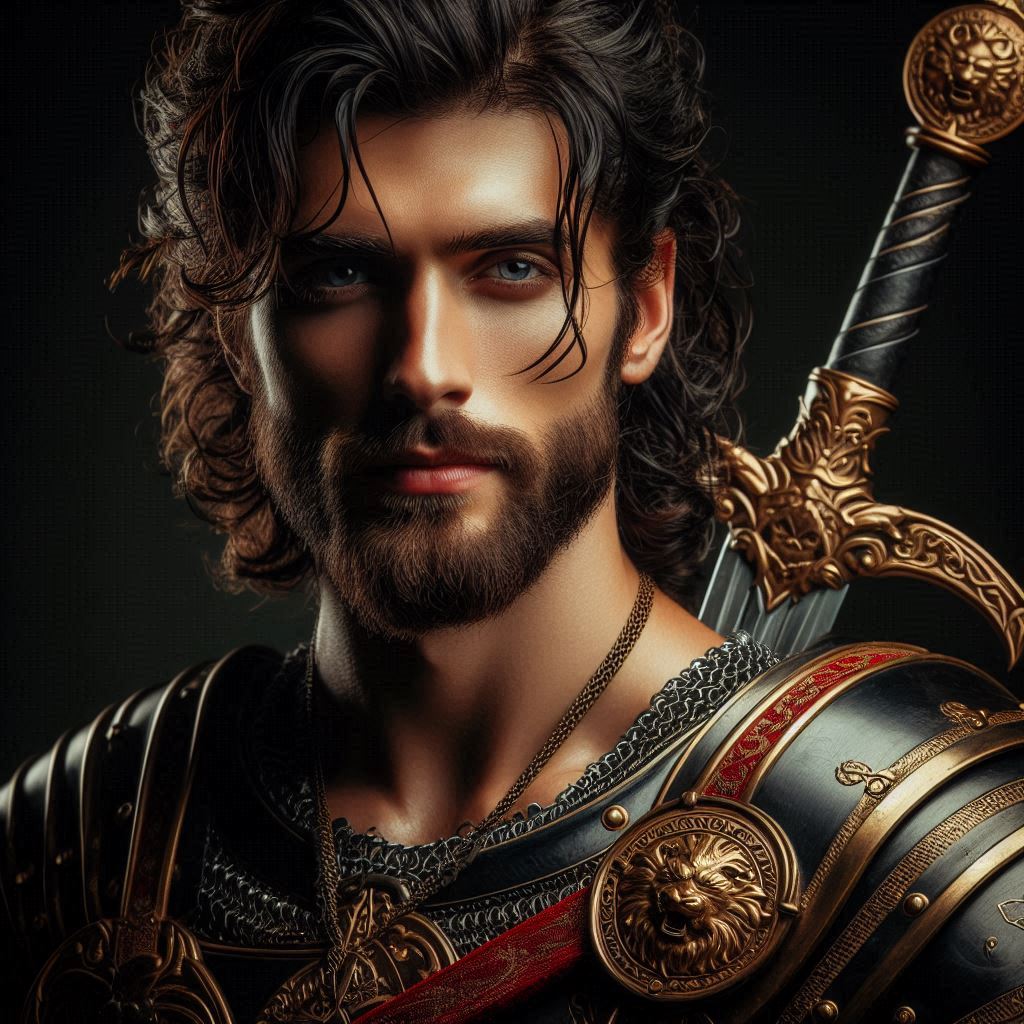
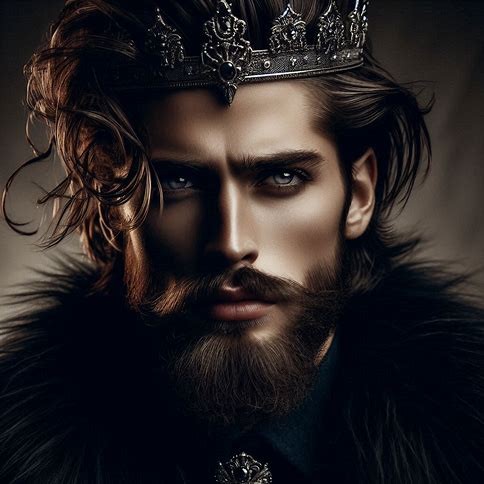
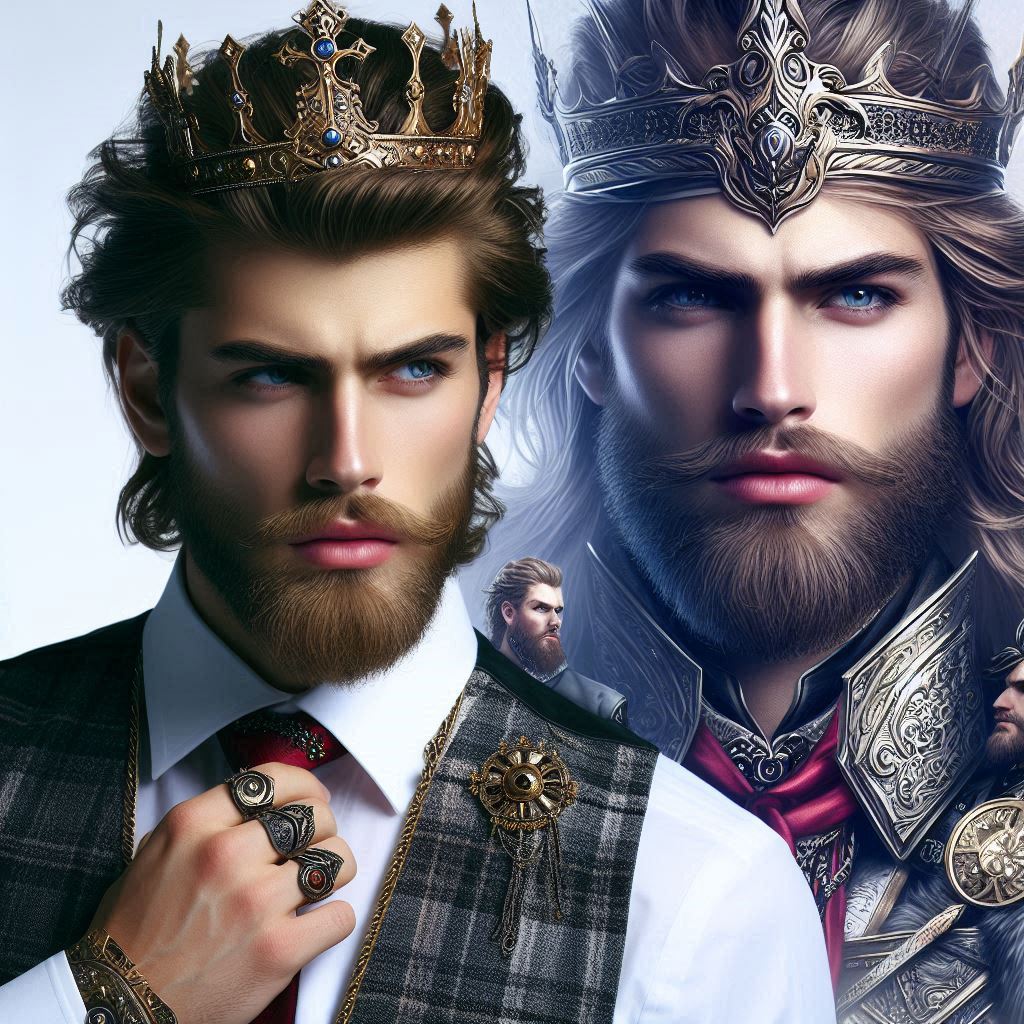

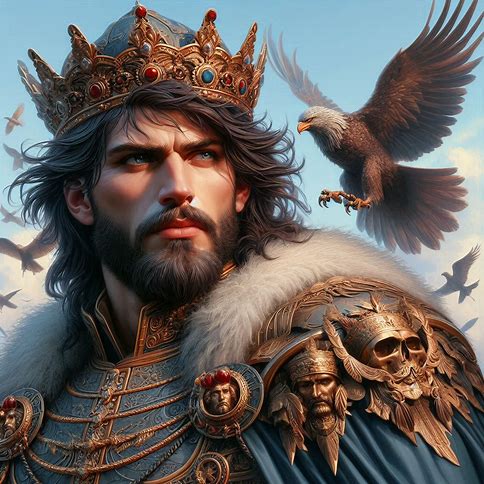

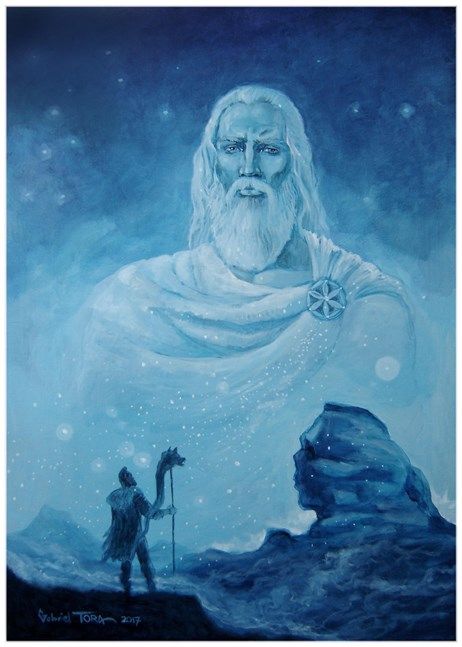
Zalmoxis face reconstruction through Microsoft Bing AI software
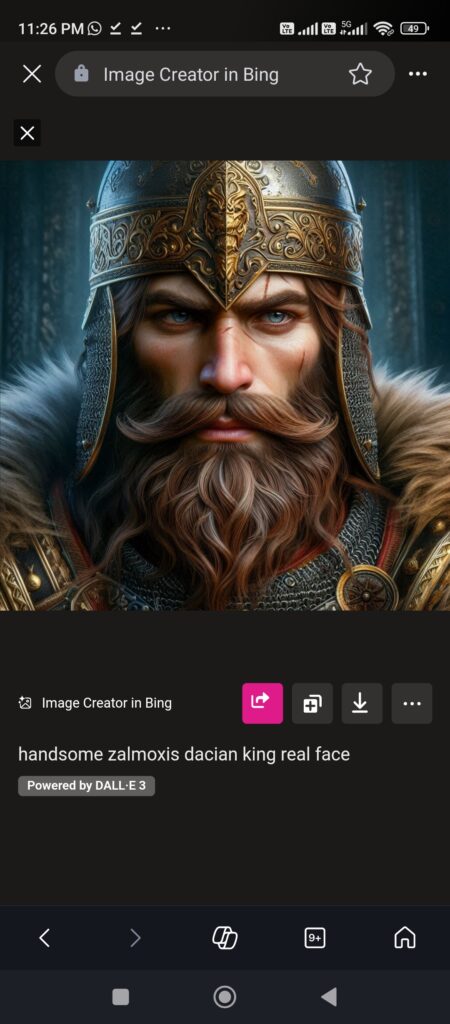
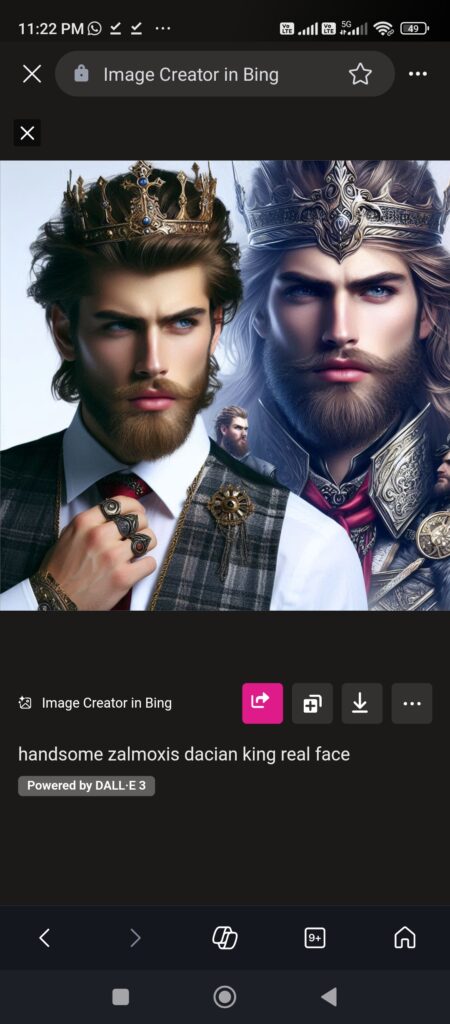
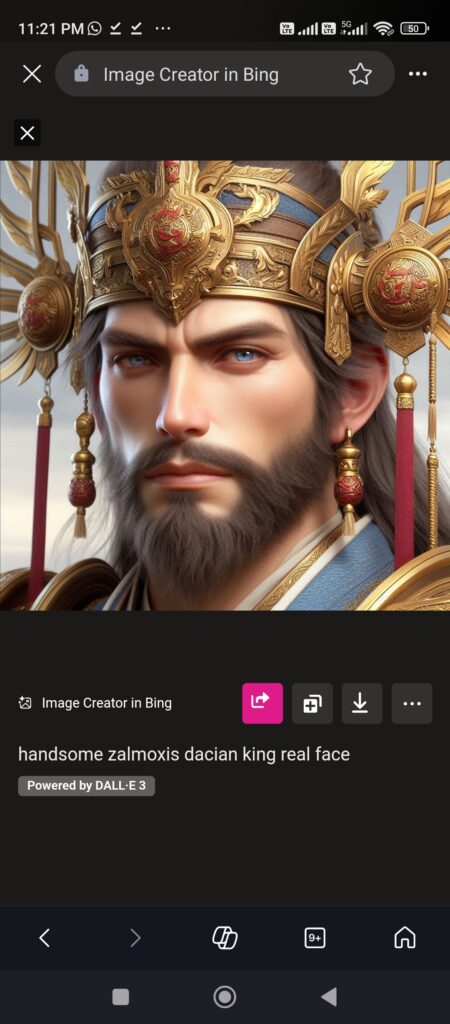
according to Bhagvad Gita verse 4.6 , Dying and Rising authority face remains the same in every birth, And zalmoxis face also match with another possible birth of this androgynous Dying and Rising authority, was he the same singular Androgynous Dying and Rising authority?
lets Test the Hypothesis

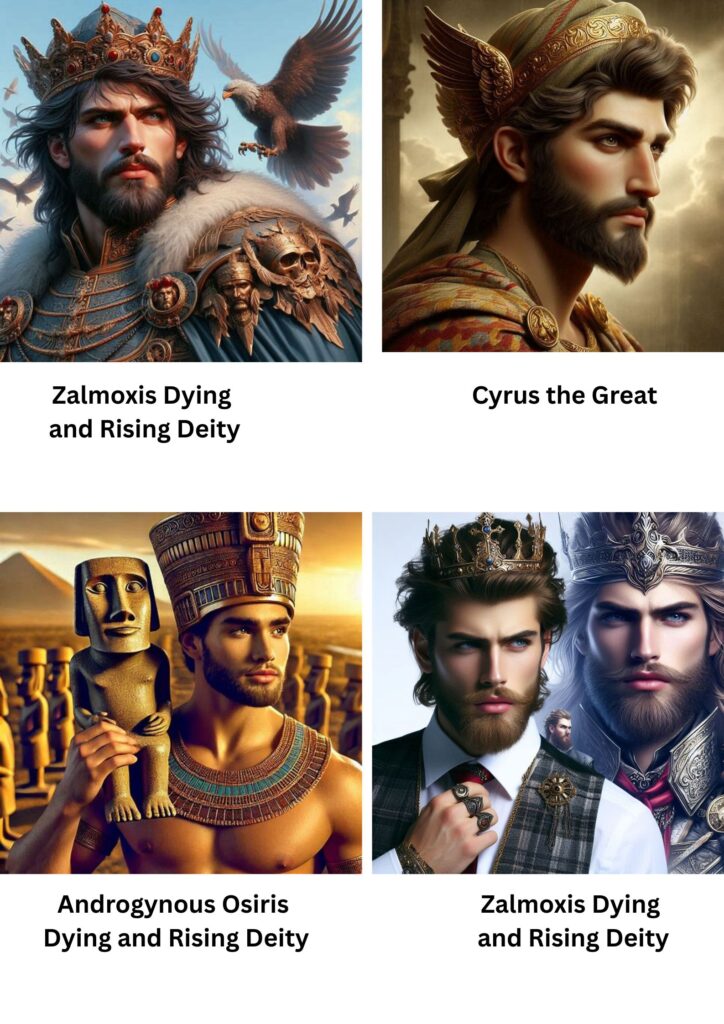
his face match with another possible birth of this Androgynous dying and Rising authority,as well as he also taught knowledge of the civilization was he the same androgynous Dying and Rising authority, is yet remains and unsolved Mystery.
Androgynous Odin (200 BC-500 AD)
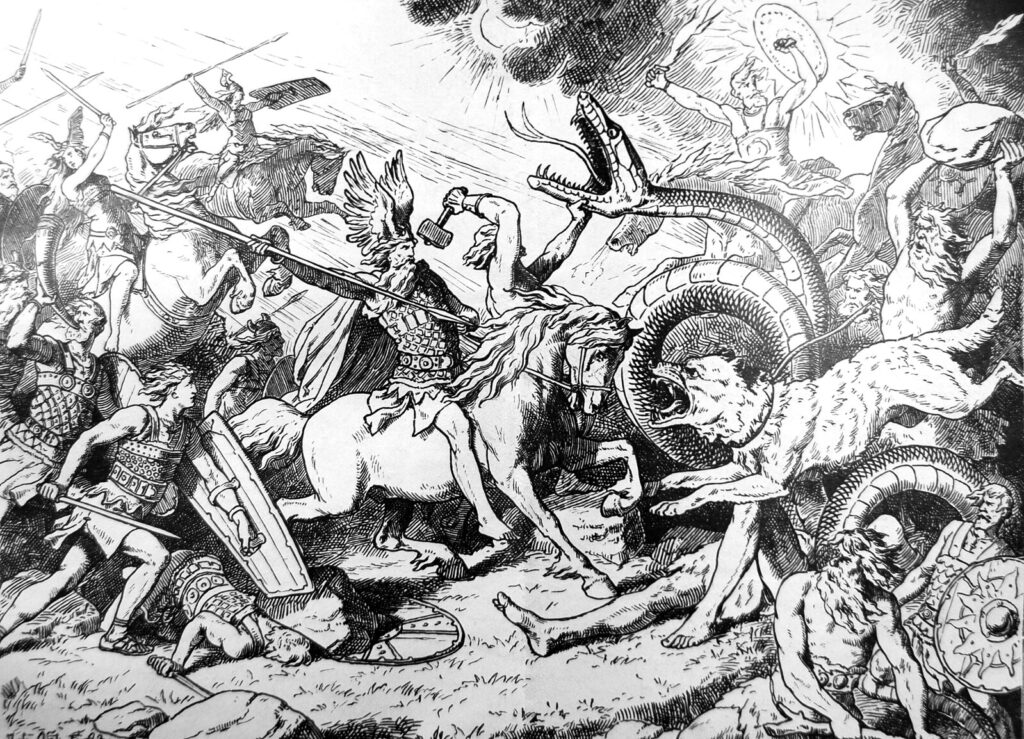
credit-Johannes Gehrts, public domain
Odin appears as a prominent Deity throughout the recorded history of northern Europe, from the Roman occupation of Germania (ca. 2 BC) through the migrations of peoples during the Migration Period (4th to 6th centuries AD) and the Viking Age (8th to 11th centuries AD).
● As early as the Bronze Age, Swedish petroglyphs show figures of a spear-wielding deity who, with some imagination, could be associated with Odin, and by at least 500 AD he clearly appears on a number of ornaments alongside birds and warriors. Viking Age picture stones continue this trend, depicting his ride to Valhalla among other things.
● Founder of many German-European, and British Dynasties.
● The royal families of European and British dynasties trace their lineage back to Odin The ancient religion of the sun book-174 page no.
Odin founder of European Royal dynasties and legitimate Royal rulers – various royal houses of English history—Saxons, Danes, Normans, Tudors, Stuarts, Plantagenets, Hanoverians, Saxe-Coburg’s, all lines mixed and fused with Scottish royalty to form the modern House of Windsor—trace their bloodlines back to a common ancestor.
● The various rulers of Europe, as evidenced by the medieval Viking sagas and histories, the Anglo-Saxon Chronicle, and genealogy after genealogy of every European royal line, are all traced to the same person. To the Germans, he was known as Votan. To the Anglo-Saxons of Woden. To the Norwegians and other Scandinavians, he was known by the name by which he is still commonly referred today is Ódin.
Odin/Wotan is believed to have been a real person who was later deified as a god, just as the wisdom bringer Votan, Itzamna and Viracocha were in Central and South America.
● Infact, when reading the texts of Norse mythology, there are clear hints that Wotan/Odin was a bringer of wisdom who traveled the world.
A number of people who have researched Germanic/Nordic mythology believe that later kings and magicians actually took the name of Odin/Wotan in order to embody and project his power.-The ancient religion of sun book, Lara Atwood, Page No. 88
Odin was a wisdom bringer & that later kings & magicians took his name, which is partly why there are many conflicting & contradictory accounts of Odin in Eddas. (ancient religion of sun book Lara Atwood,page no 89)
In the account of Saxo Grammaticus (the danish historian who lived in the 12th-13th century ) Odin is forced to leave his position, to be replaced by another who assumes his name, this indicates that by the time of the event referred to, the name of Odin was already a title. (The ancient religion of sun book, 89)
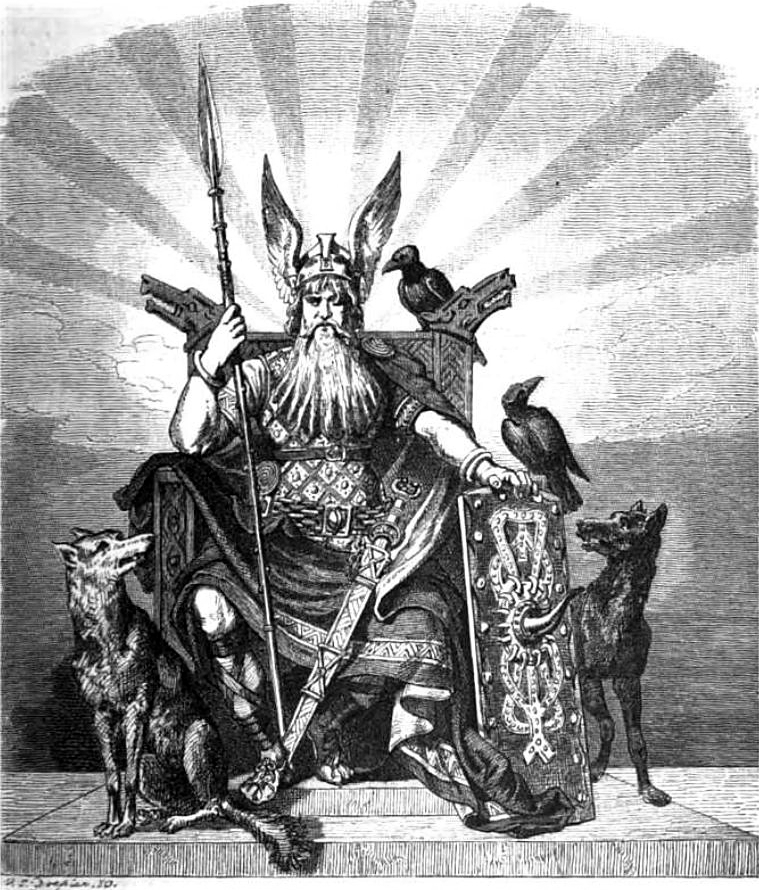
credit – Carl Emil Doepler, public domain
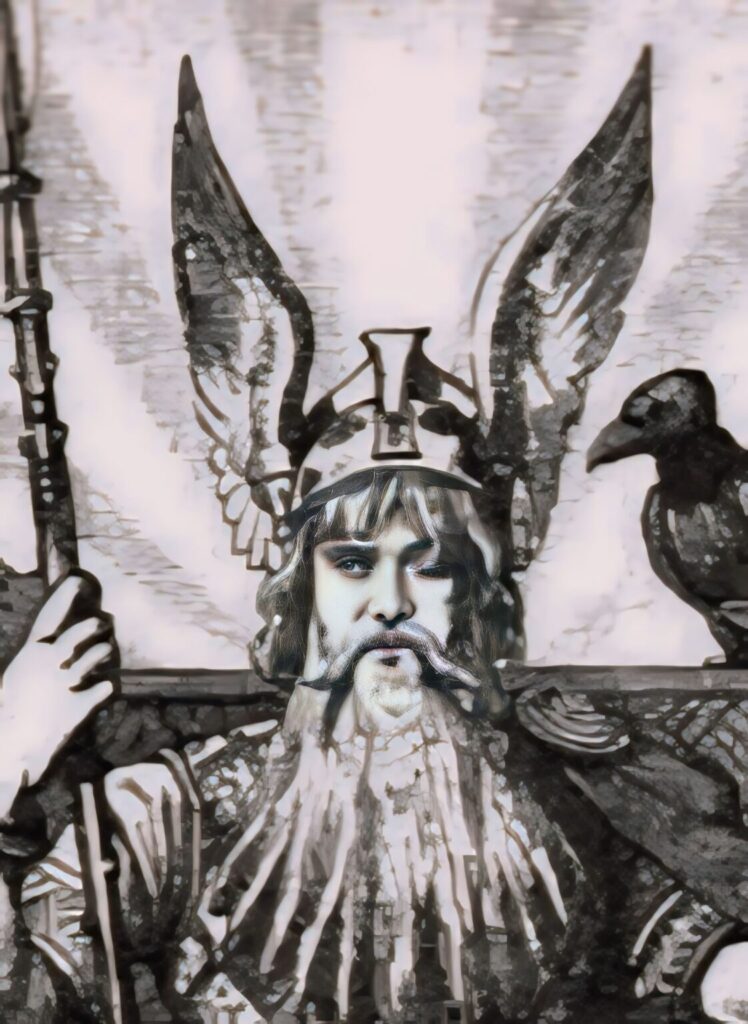
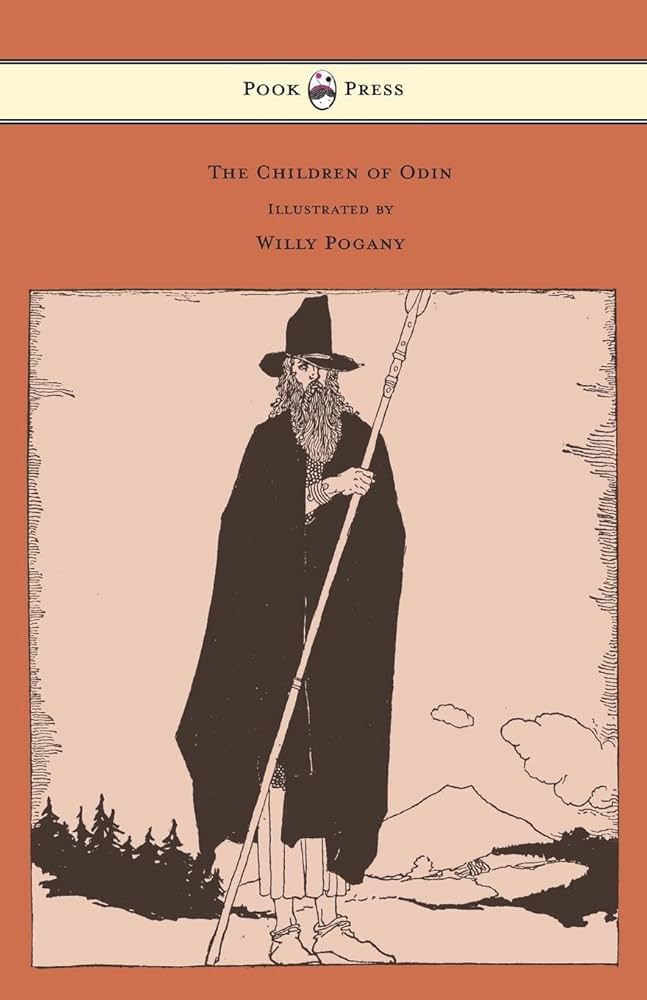

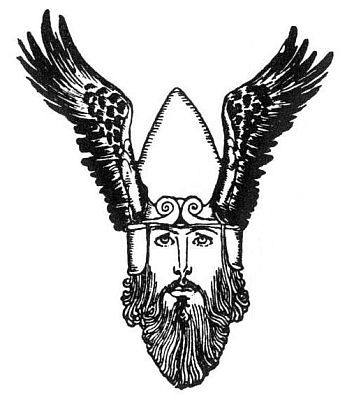
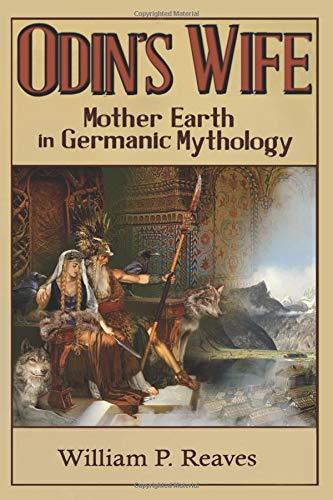
Cover Art by Howard David Johnson © 2016
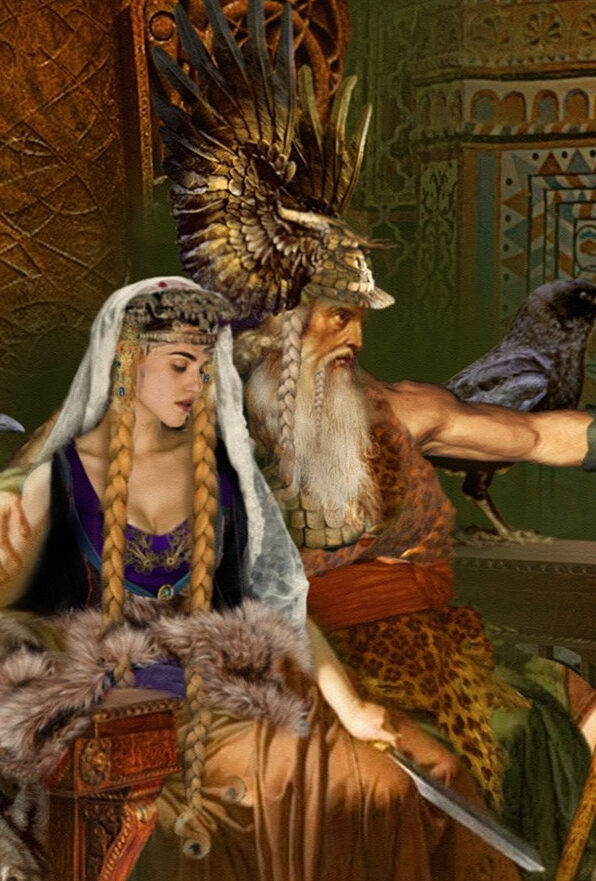
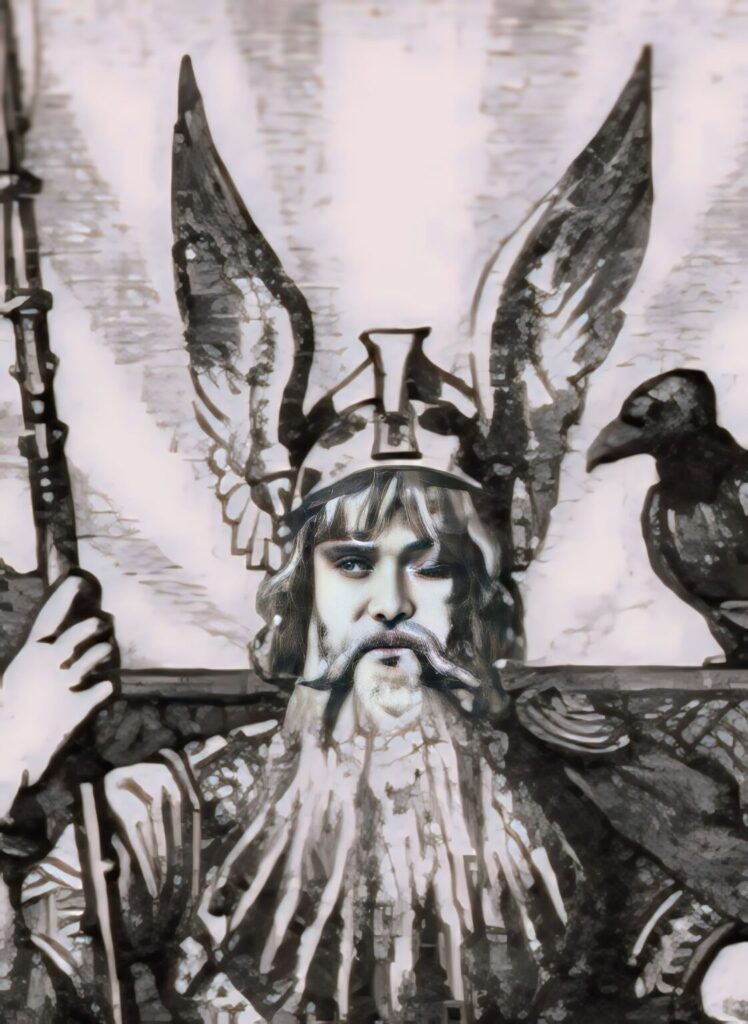
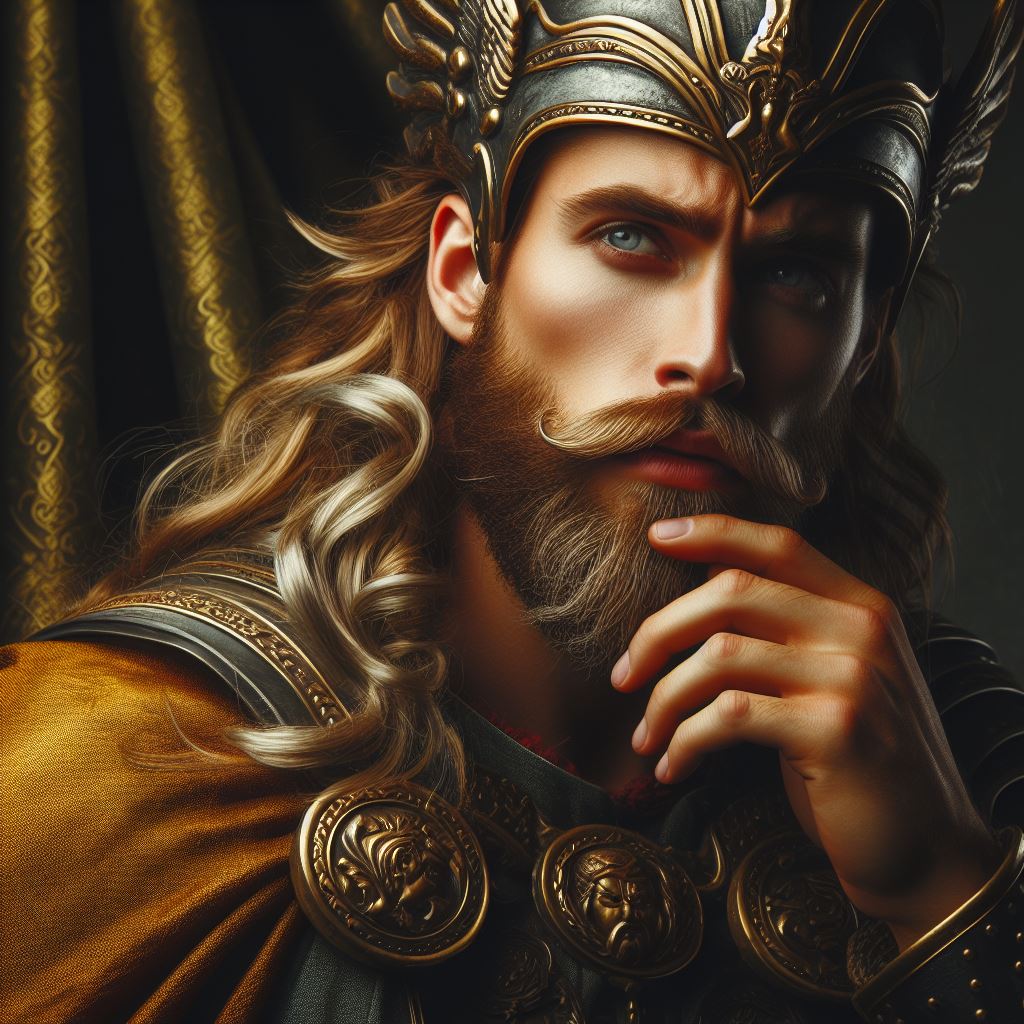
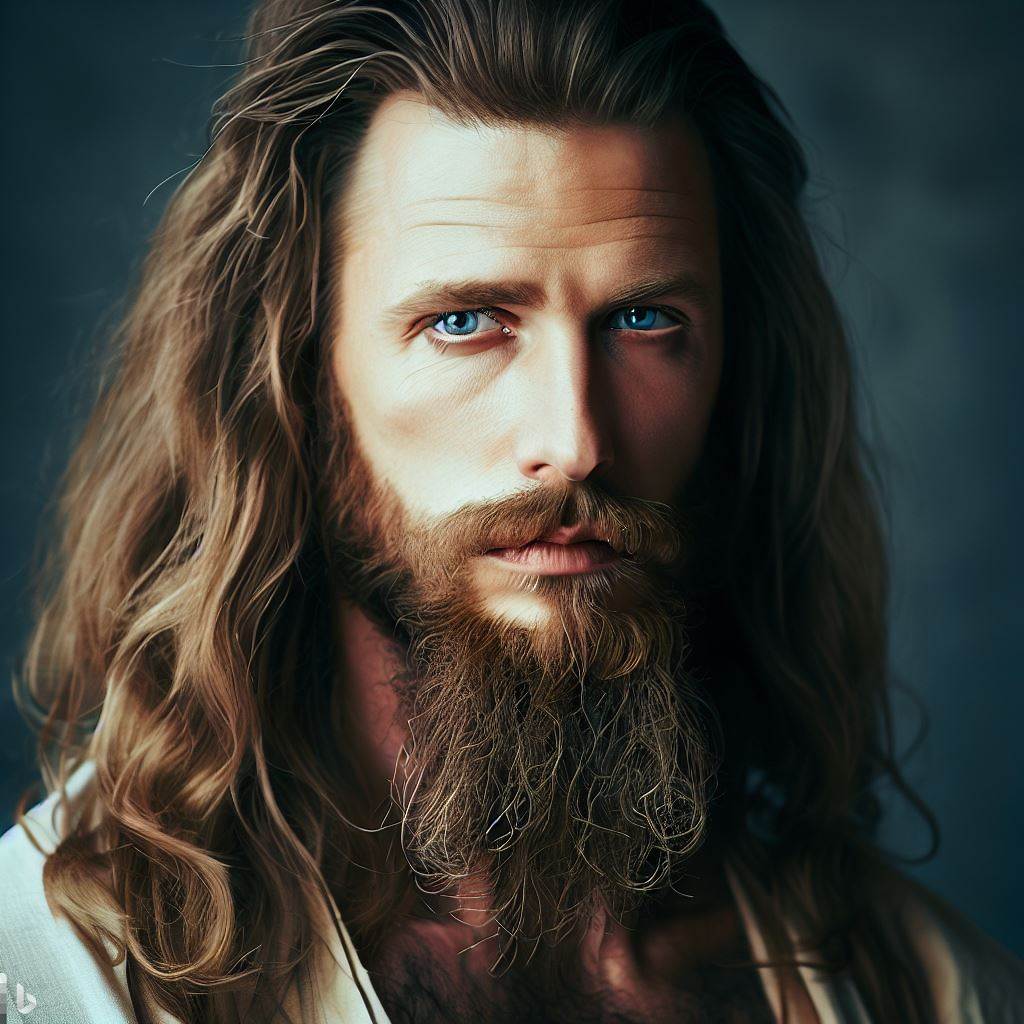

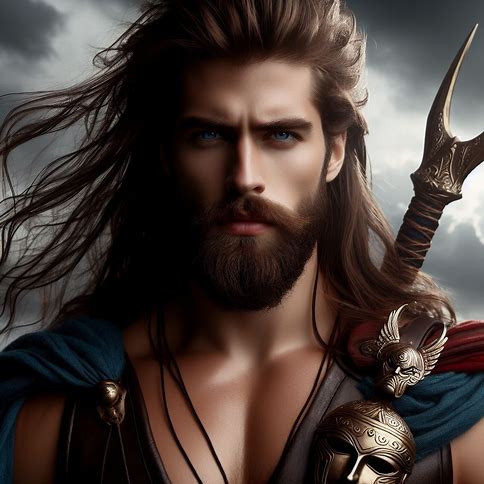
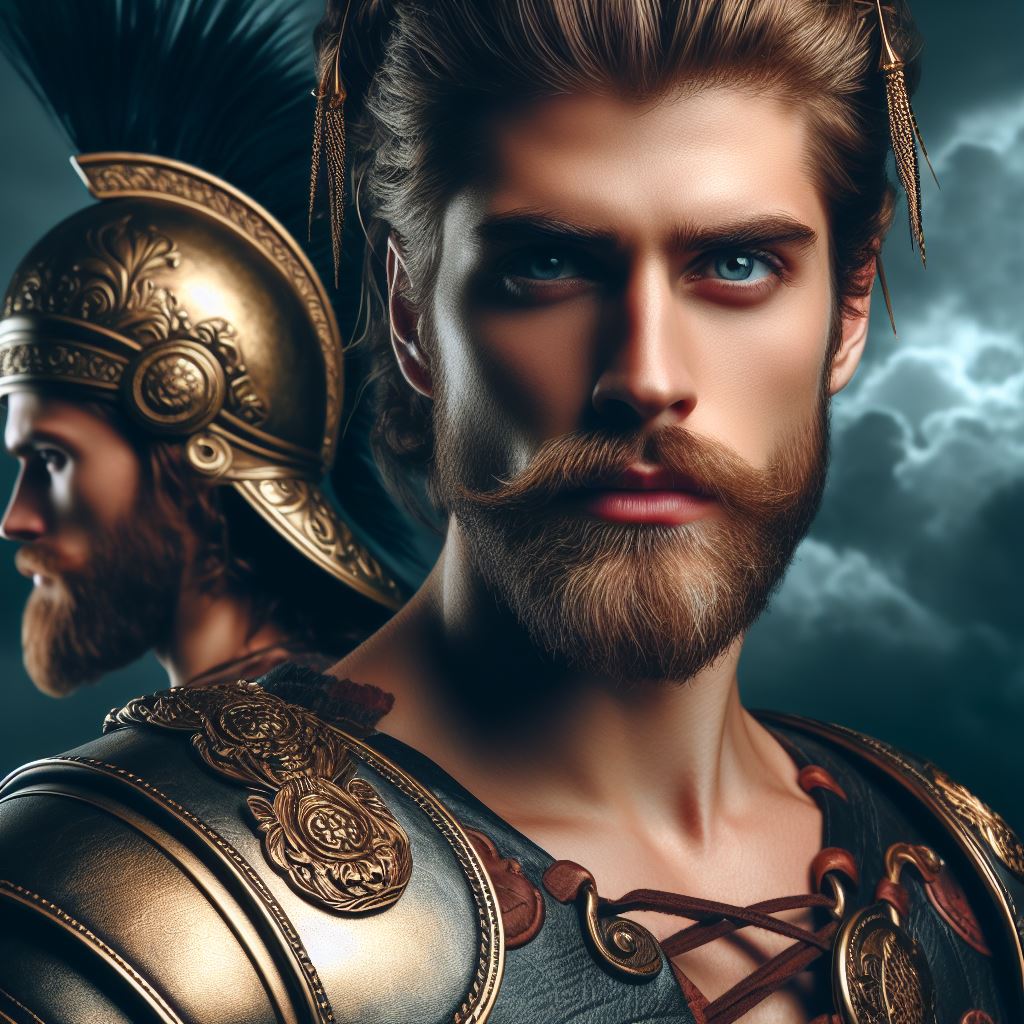
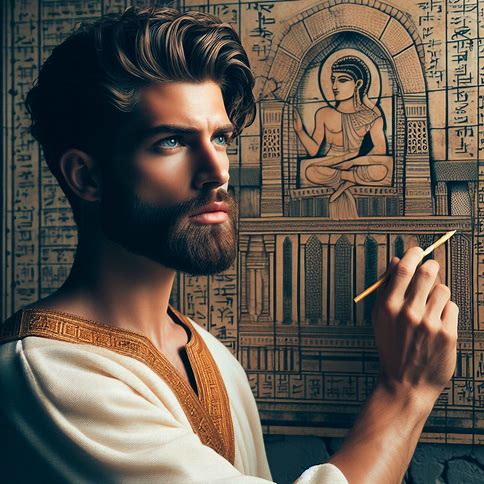
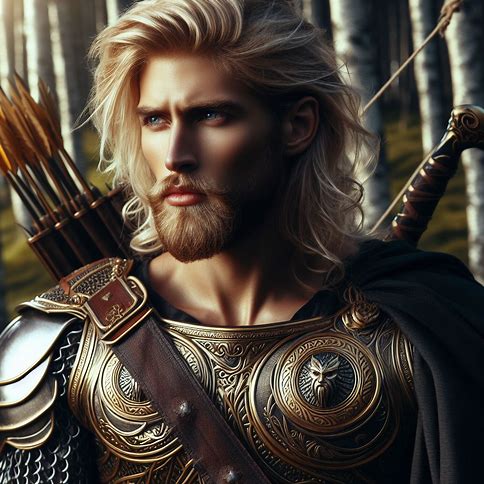
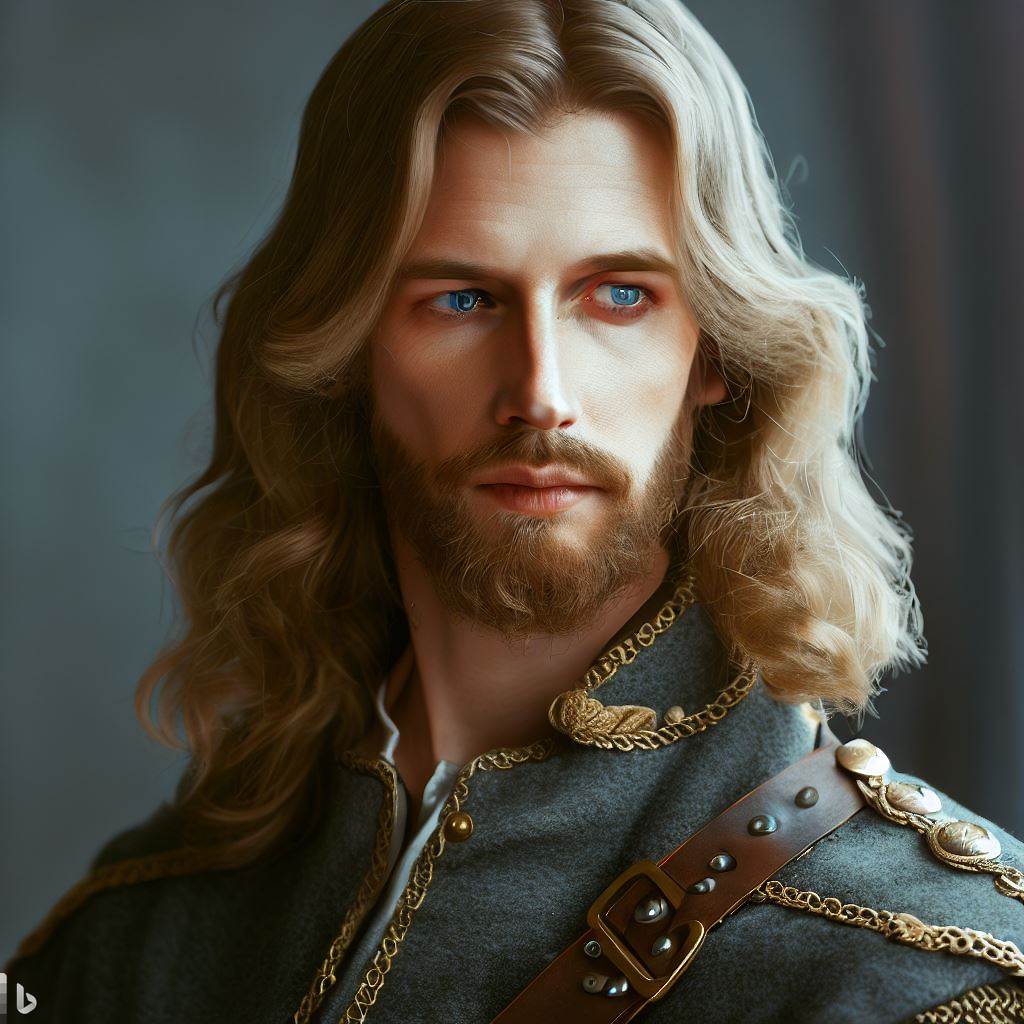
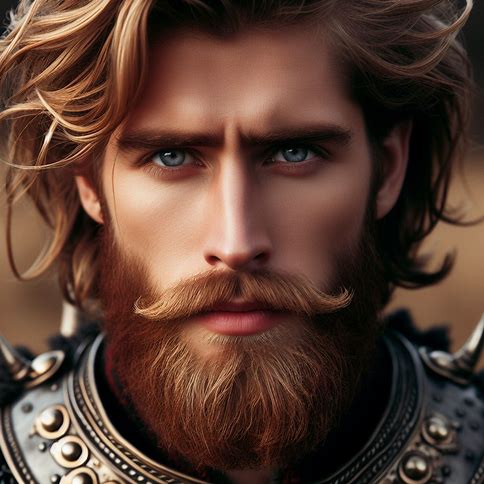
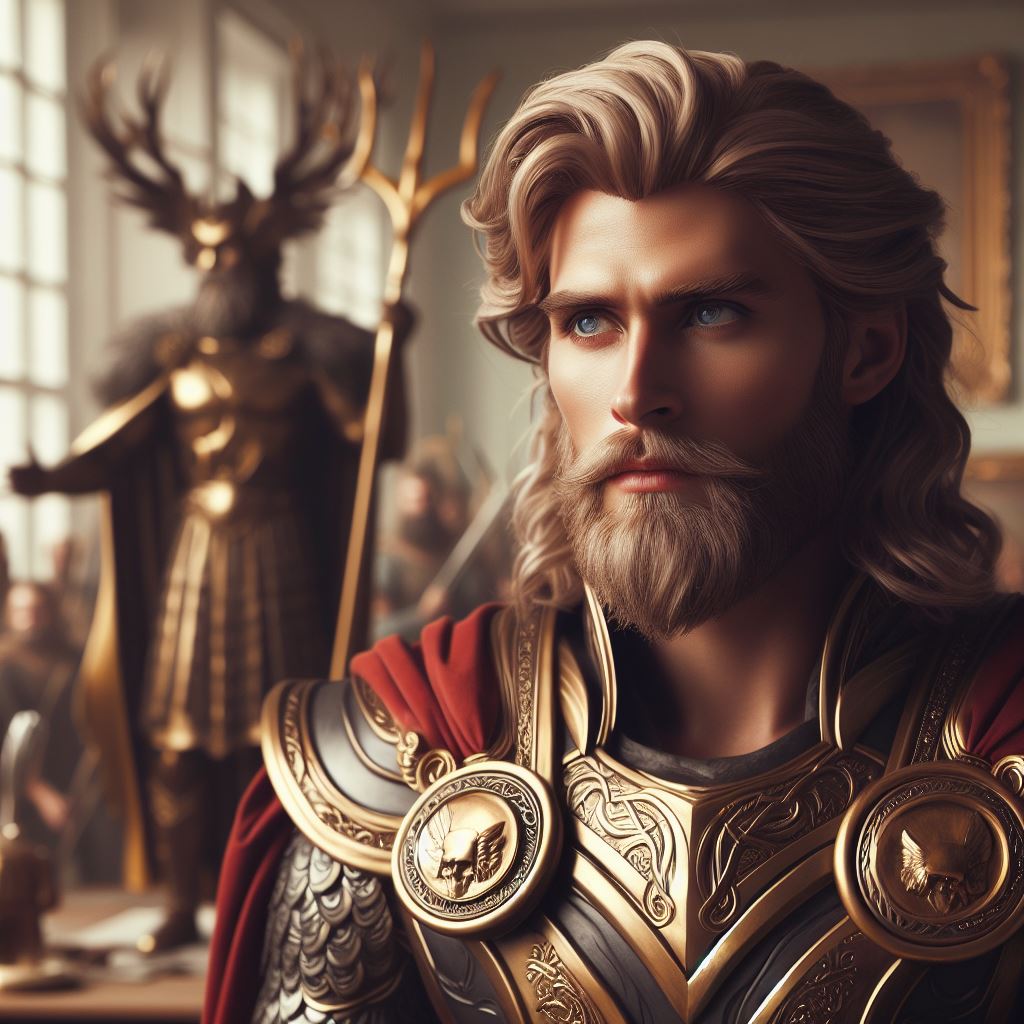
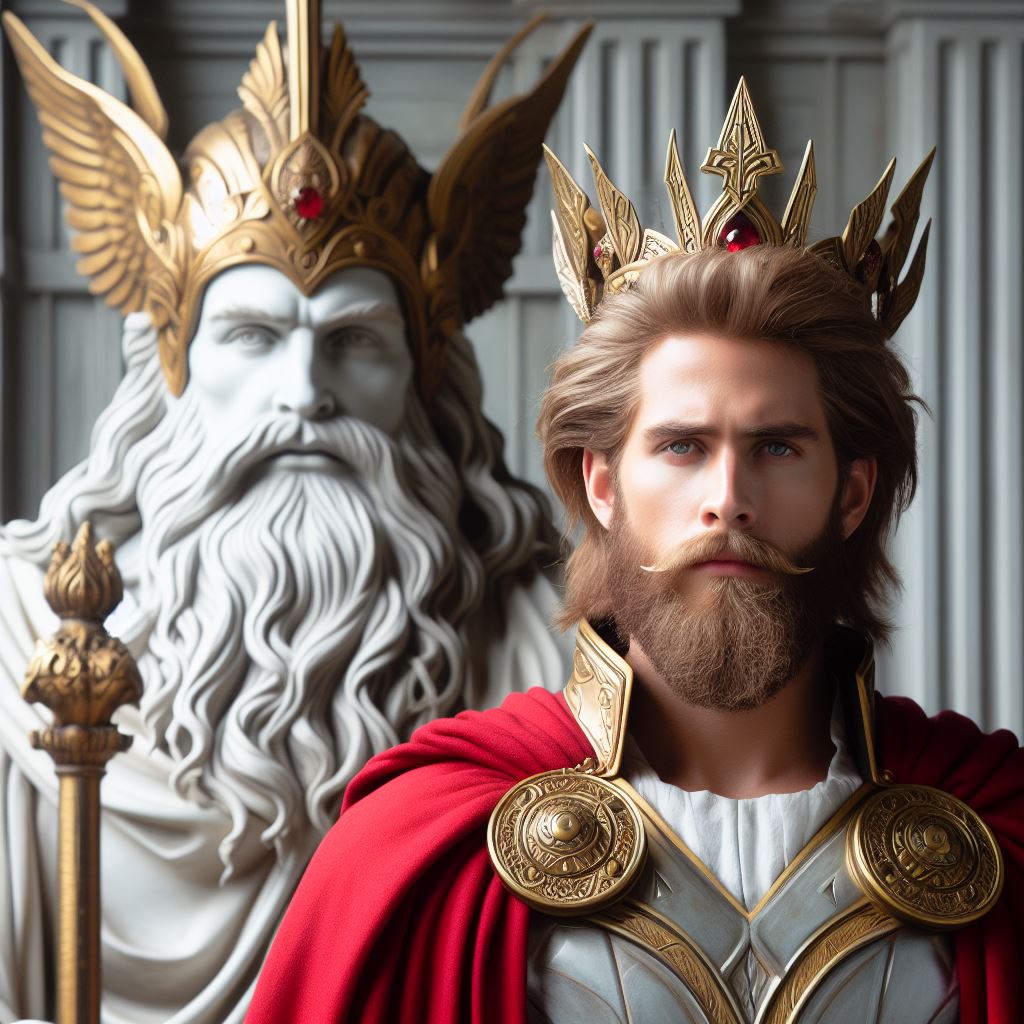
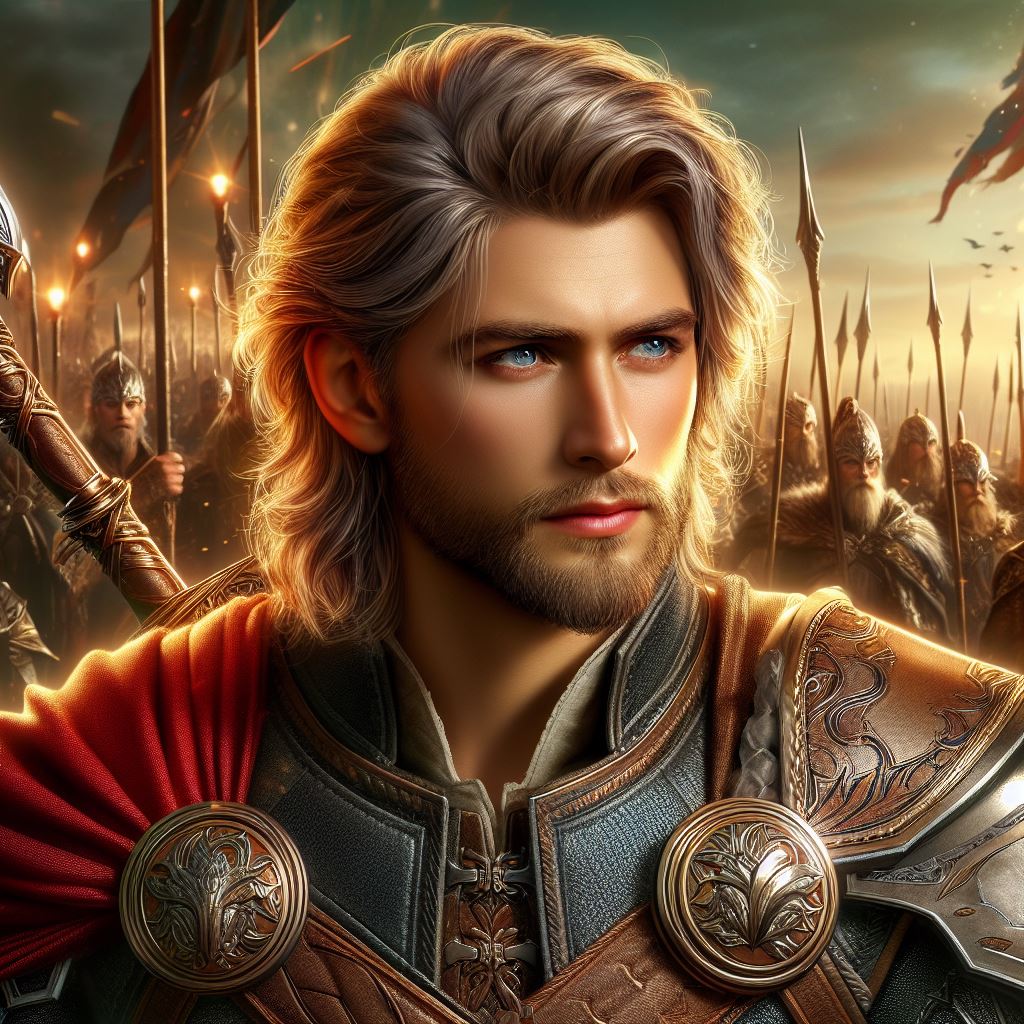
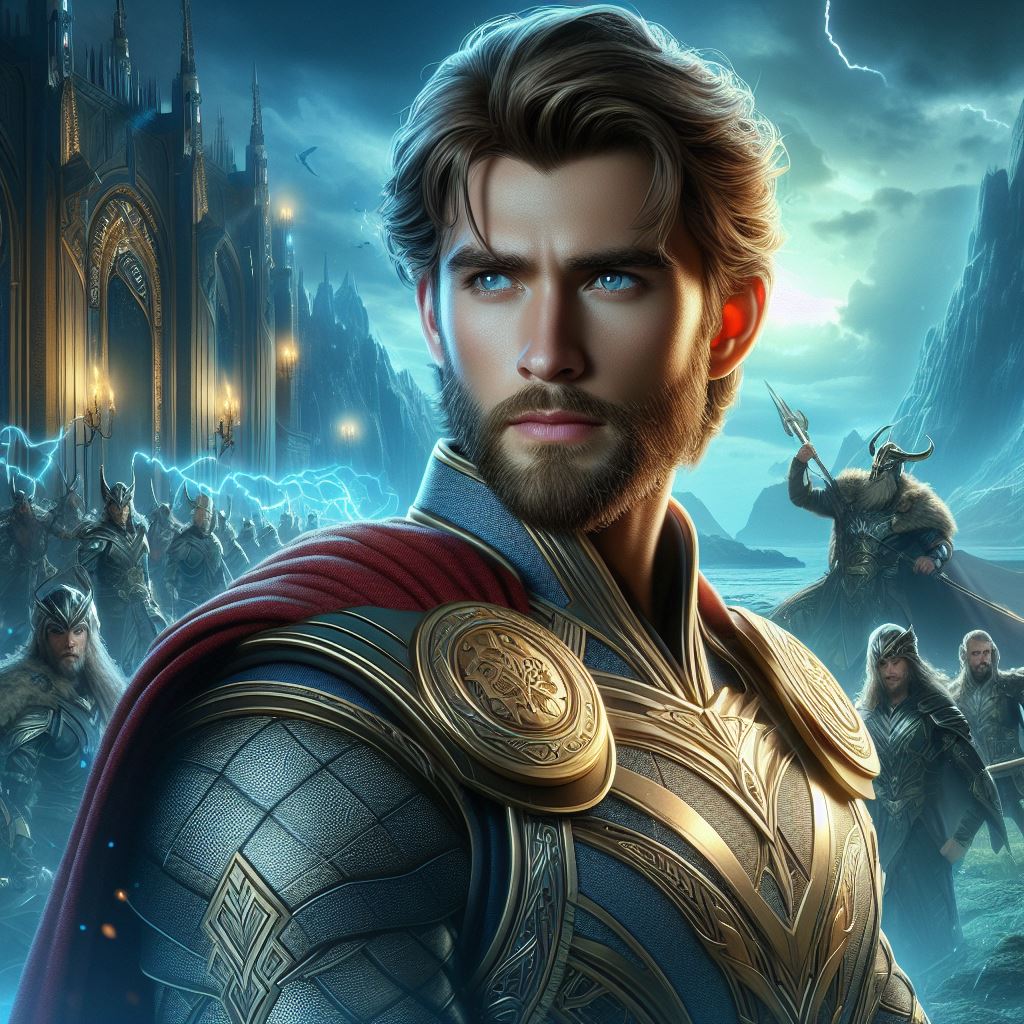

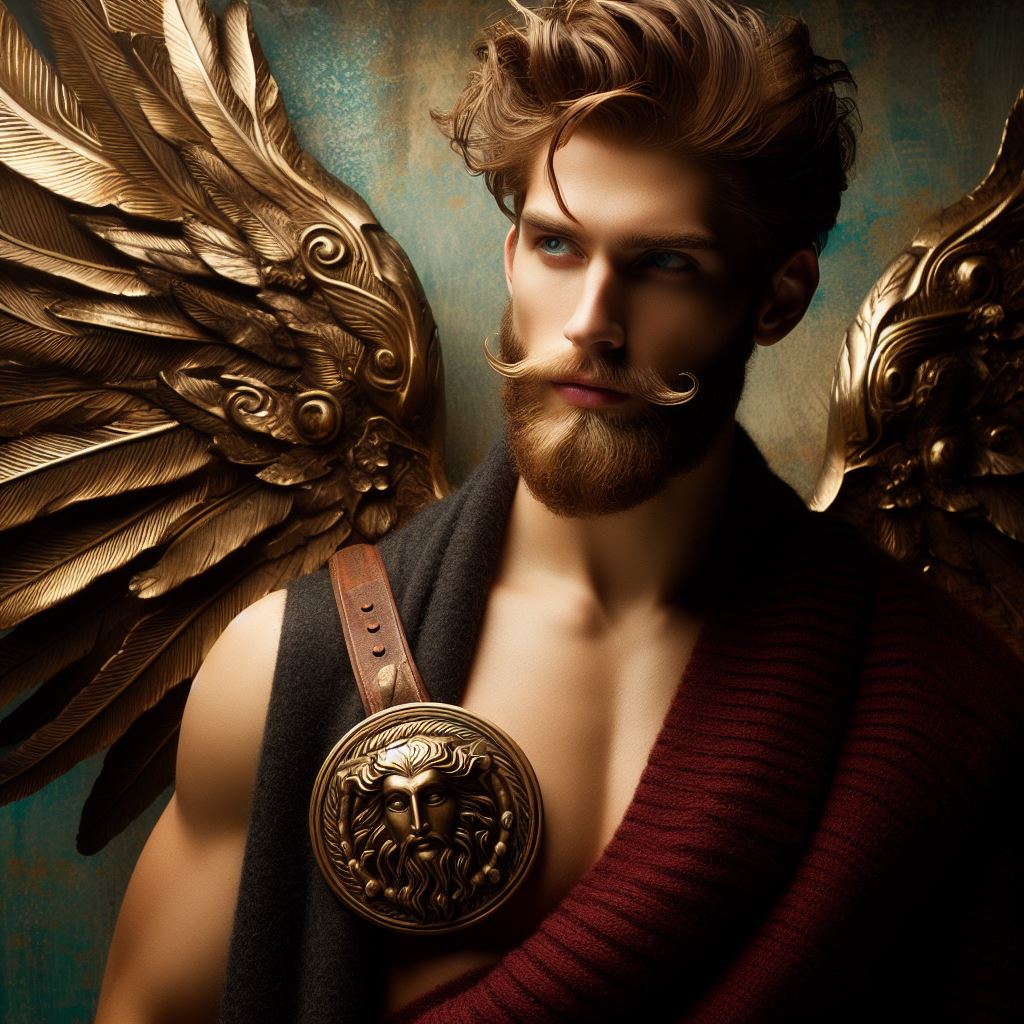
Androgynous Odin also left Similar Sign
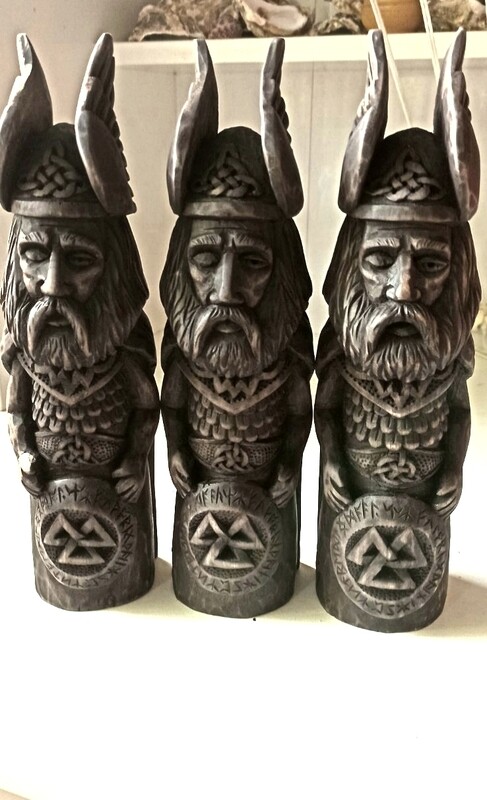
For over a thousand years, the people of Northern Europe honored a powerful Earth goddess—widely regarded as the earliest known deity in Germanic tradition. Though she was known by many names across regions and eras, recurring themes in the lore reveal her enduring presence. During the Yule season, she was said to travel in a wagon through the land, visiting homes to reward diligence and discipline while chastising idleness. Alongside her consort, she led the formidable Wild Hunt, sweeping through the winter skies to purge malevolent forces.Often associated with Odin as his wife, she was revered by ancient cultures as “Mother Earth,” “Queen of Heaven,” and “Mother of the Gods”—titles that reflect her deep Indo-European roots. This exploration traces her legacy from prehistoric reverence to modern folklore, drawing on original mythological sources to illuminate her role as a divine matriarch and guardian of the natural world.
Mother Goddess always found as a Wife of Androgynous Authority, Queen of Heaven, Mother Earth in different Civilization.
Face Comparison of Androgynous Odin with another possible birth of this androgynous dying and rising authority
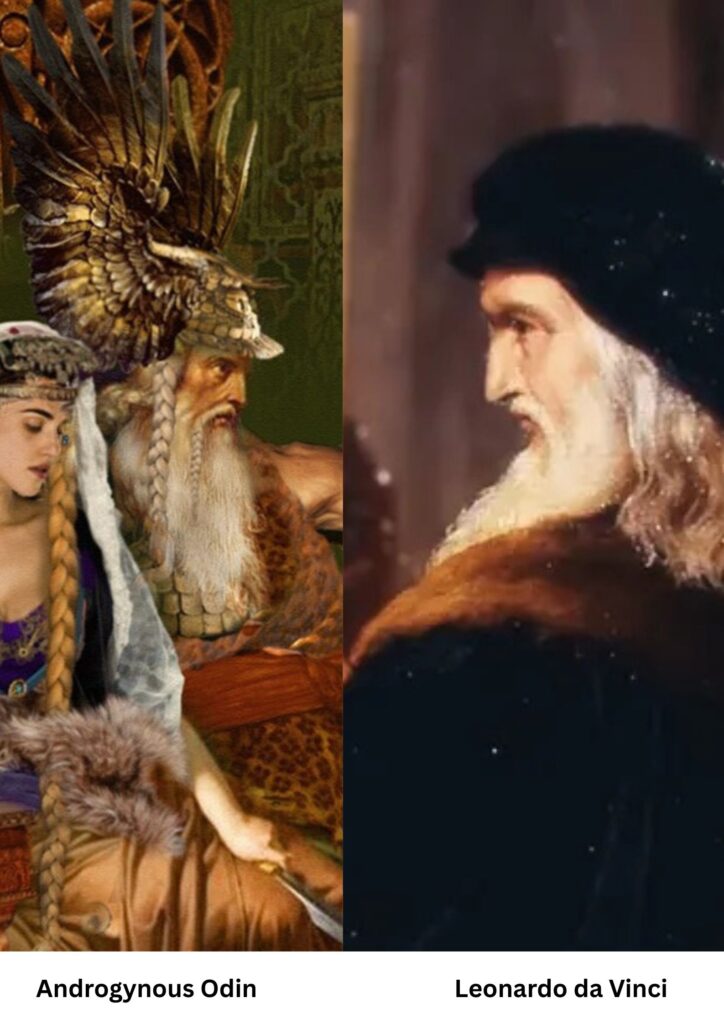
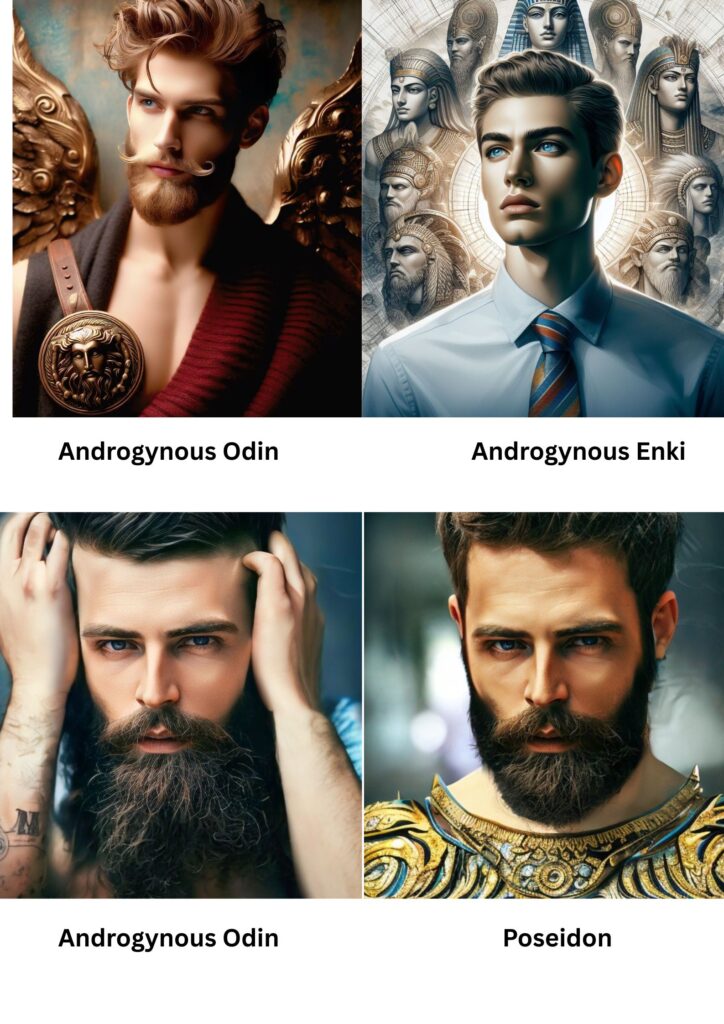
Was he the same Androgynous Dying and Rising authority, as we saw previously , According to Bhagavad-Gita verse 4.6 , face of Androgynous Dying and Rising authority remains the same in every Birth. And Odin’s face also match with another possible birth of this androgynous dying and Rising authority, is yet remains an unsolved mystery.
